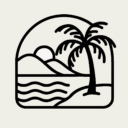Snorkeling
Puerto Rico has some great snorkeling, but like many places around the world, the reefs are badly damaged. You won’t see coral and fish just anywhere. The island is home to a variety of coral species, fish, and several types of sea turtles and rays. Whale watching is best in January on the West Coast.
When snorkeling, be aware of rip currents and know what to do when you are caught in one. If you are in a location more than a few dozen feet away from the shore, be aware of boaters. I have seen people on jet skis tear through the shallows at full speed. Wearing reef-safe sunscreen and a sun shirt is a good idea if you plan on snorkeling most of the day.
Visibility is everything for snorkeling, and it changes with the conditions. A sunny summer day around midday is your best bet. I love snorkeling in Puerto Rico and can’t wait to share my favorite spots!
1. Culebrita
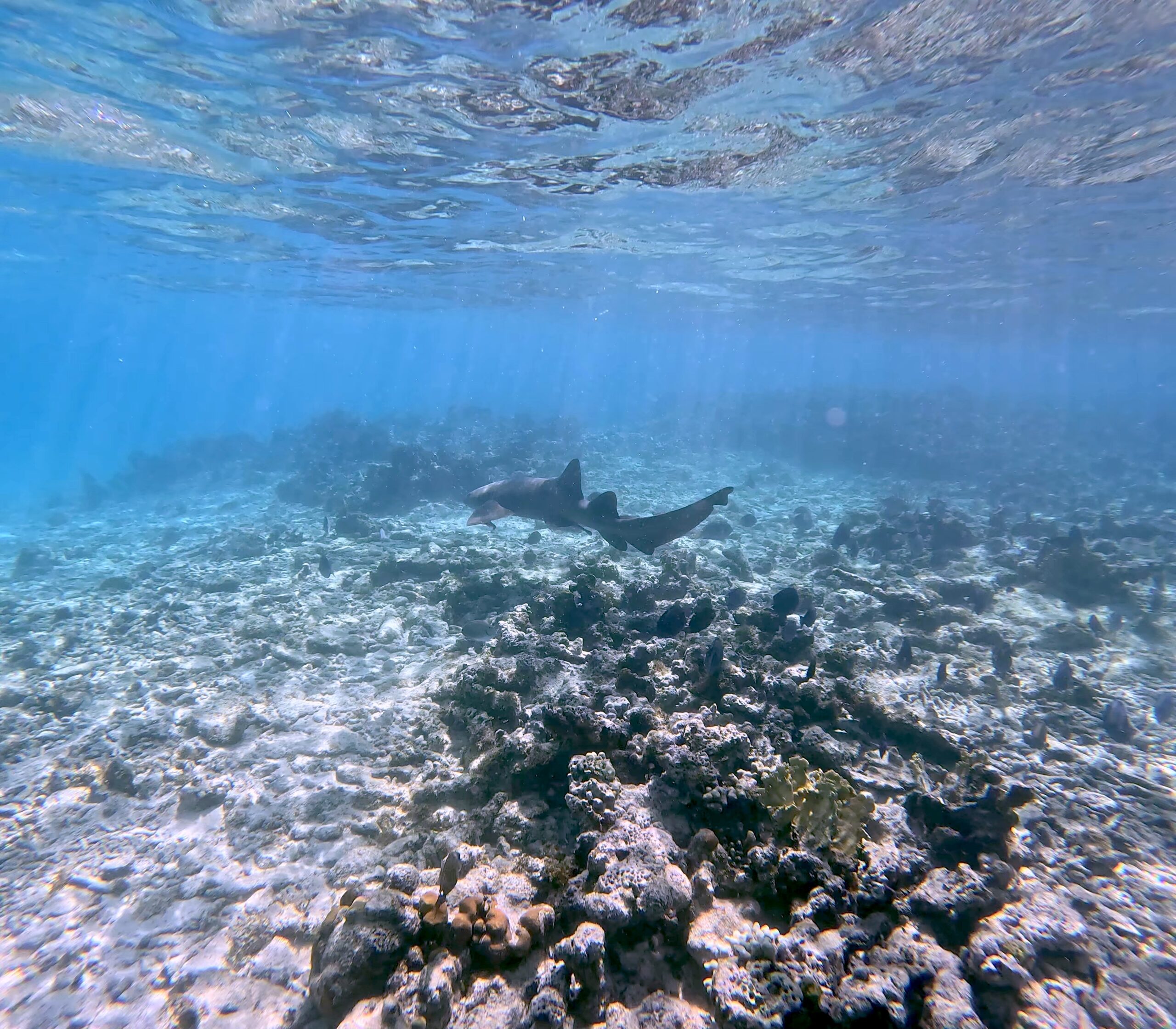
Sea turtles munch on seagrass in the bay of Tortuga Beach and coral reefs surround the small island of Culebrita, making for some amazing snorkeling. Nurse sharks cruise through the water on the west side of the island. The snorkeling is excellent on that side of the island with a good amount of healthy hard coral and maybe the best variety of corals you’ll see in Puerto Rico. I even saw a few living endangered staghorn corals, though I could see the remains of the dead coral littered all over the sea floor. The patches of reef on the west side are pretty shallow a long way out, making this a place where most anyone would feel comfortable. The rocky side of Tortuga Beach, near the pools, may be the best spot for beginners. It can get very shallow in certain areas around the island, so be aware. you’ll need to hire a water taxi to take you here, but it’s well worth the $60 price tag. See Keys & Islands for more information.
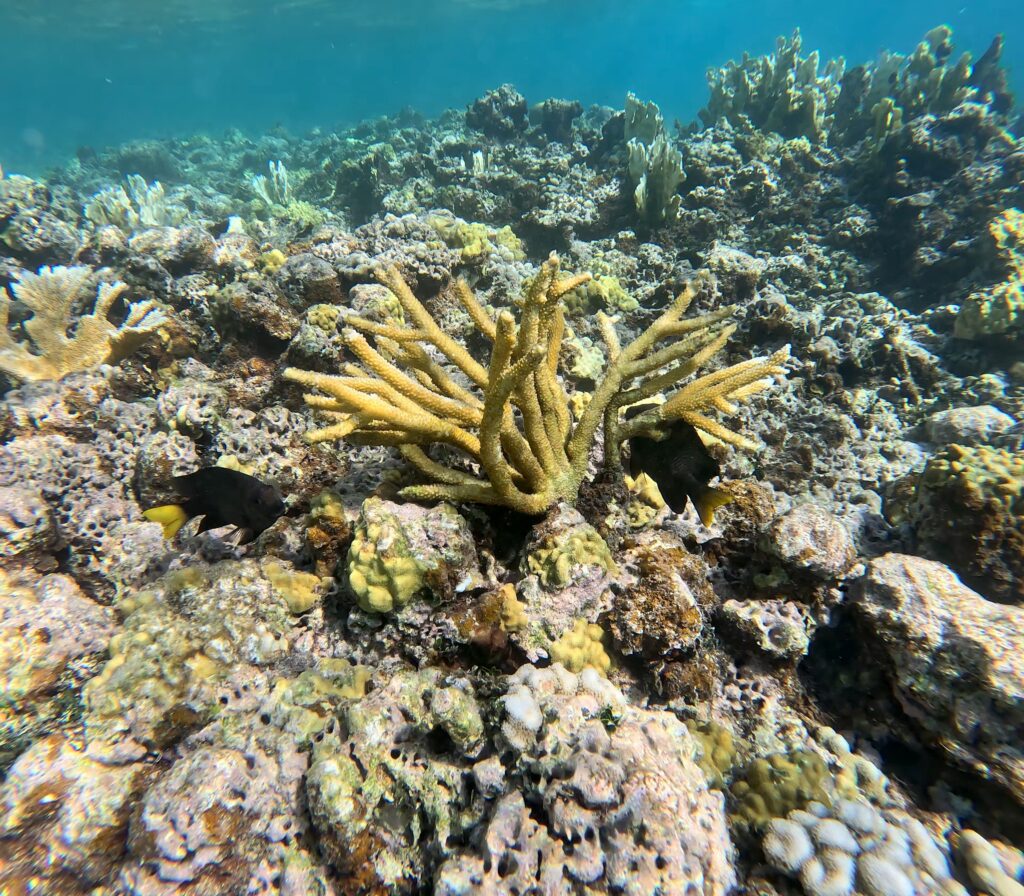
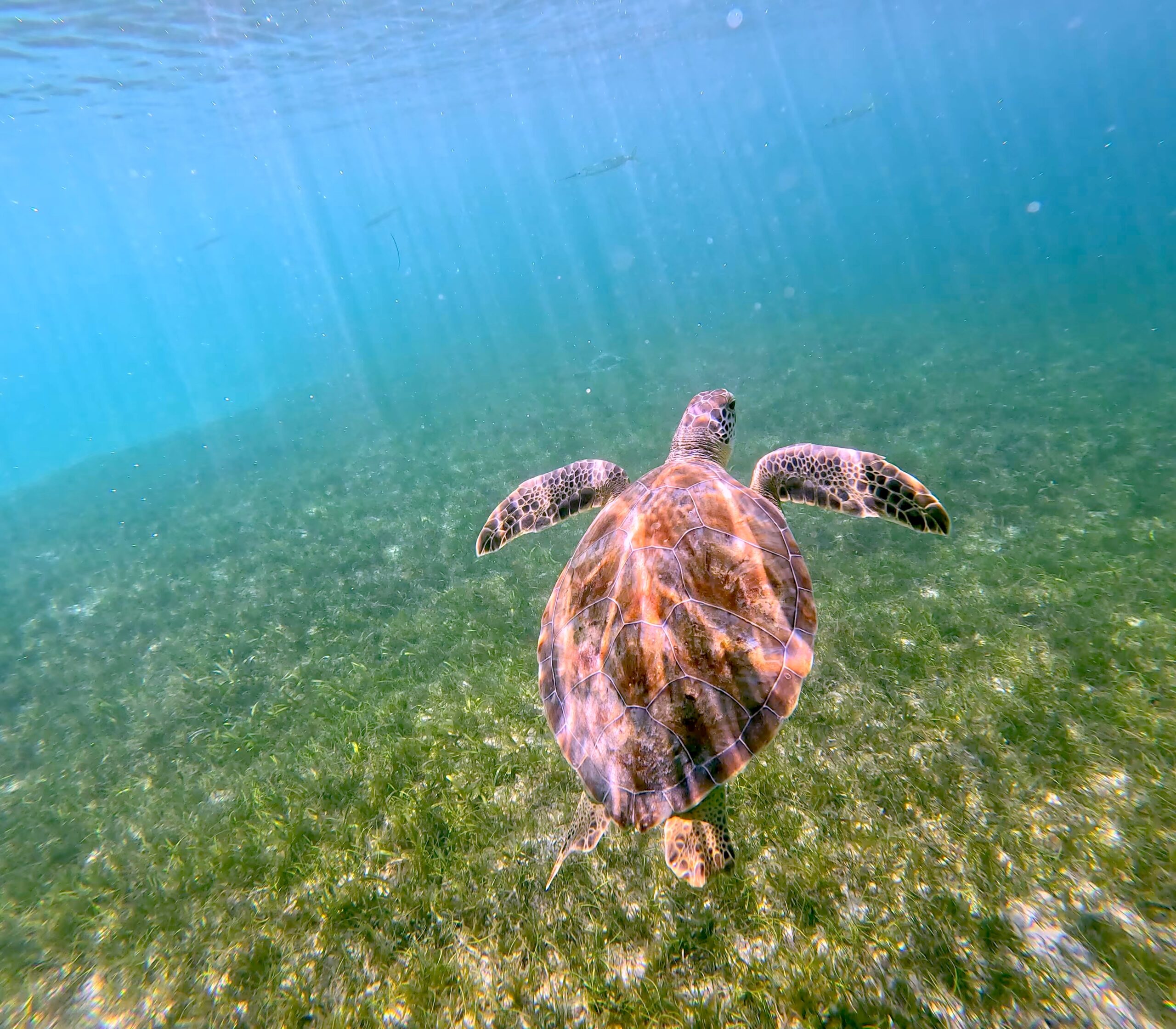
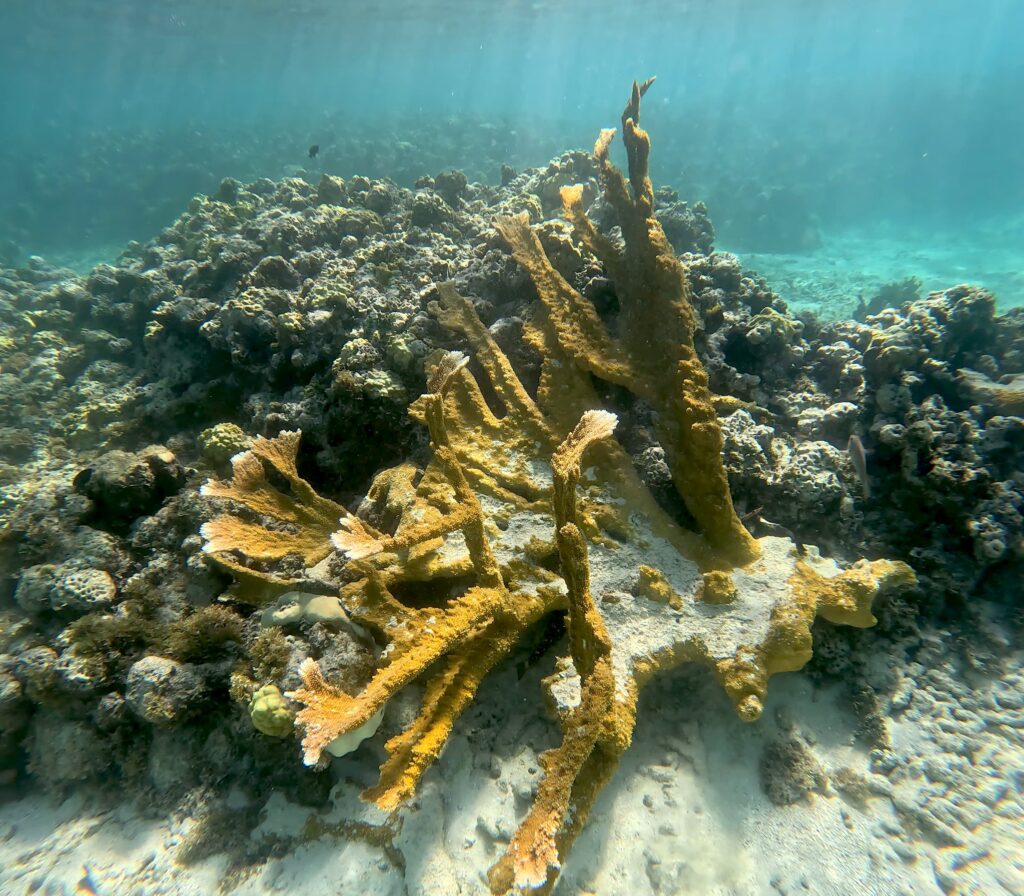
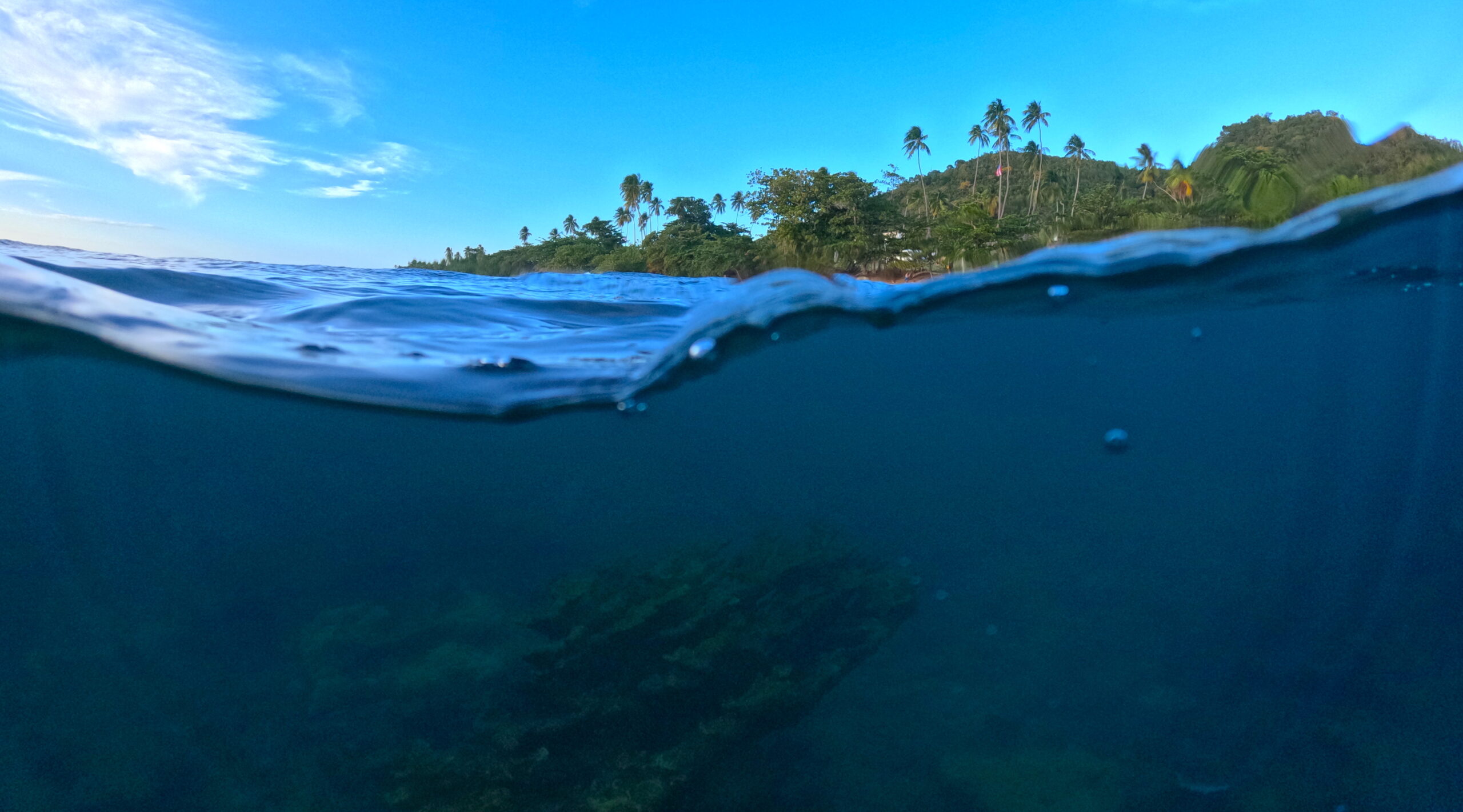
Down an unassuming farm road, you’ll find a beach with some of the healthiest coral reefs you are likely to lay eyes on. Now, there isn’t a lot of diversity in coral species, so it doesn’t have the same “wow” factor as other locations, but what makes Steps Beach special is the sheer quantity of living coral. Elkhorn coral covers the sea floor here, in some cases growing into giant trees. Small tropical fish swim through the antler-like protrusions that they call home. It is really, really cool to see a thriving reef like this one. The waves can get big here, so it is important to go when the surf is calm because the swell can drag you around and put you dangerously close to a collision with the coral. Please don’t touch the coral! Visibility will be poor here if the water is stirred up. This spot is best in the summer when you can count on calm water. As of October 2023, this reef is experiencing bleaching and coral death. I’m not sure if it’s from human traffic or water temperatures (I suspect the latter). In any case, use reef-safe sunscreen and cross your fingers that someone figures out how to save them.
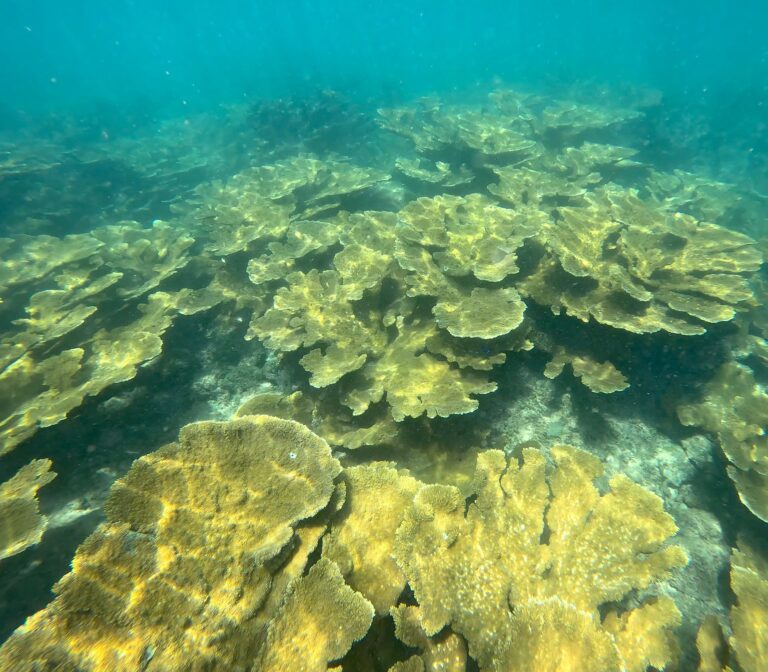
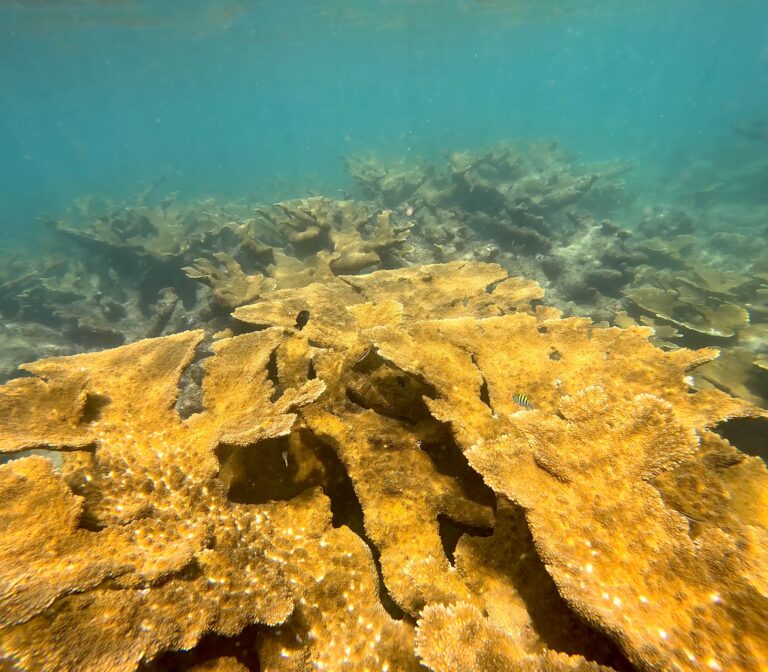
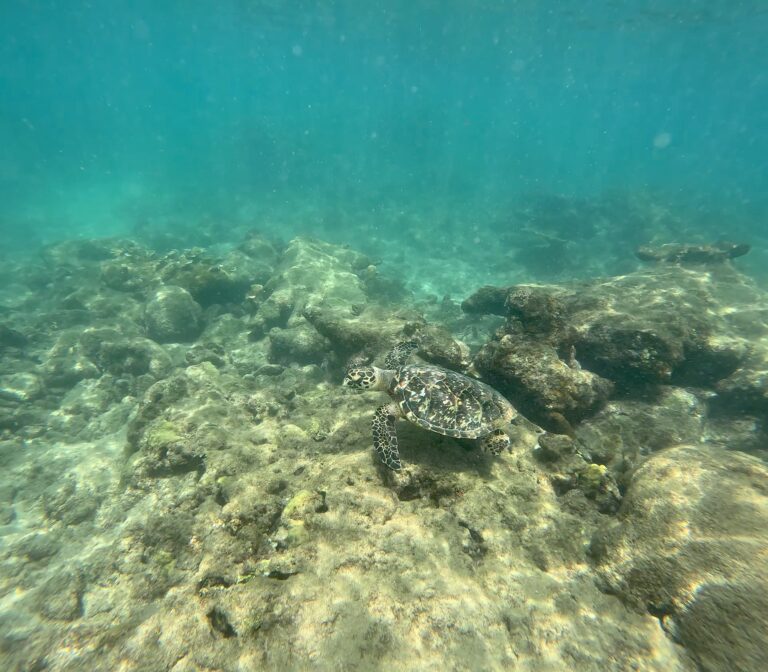
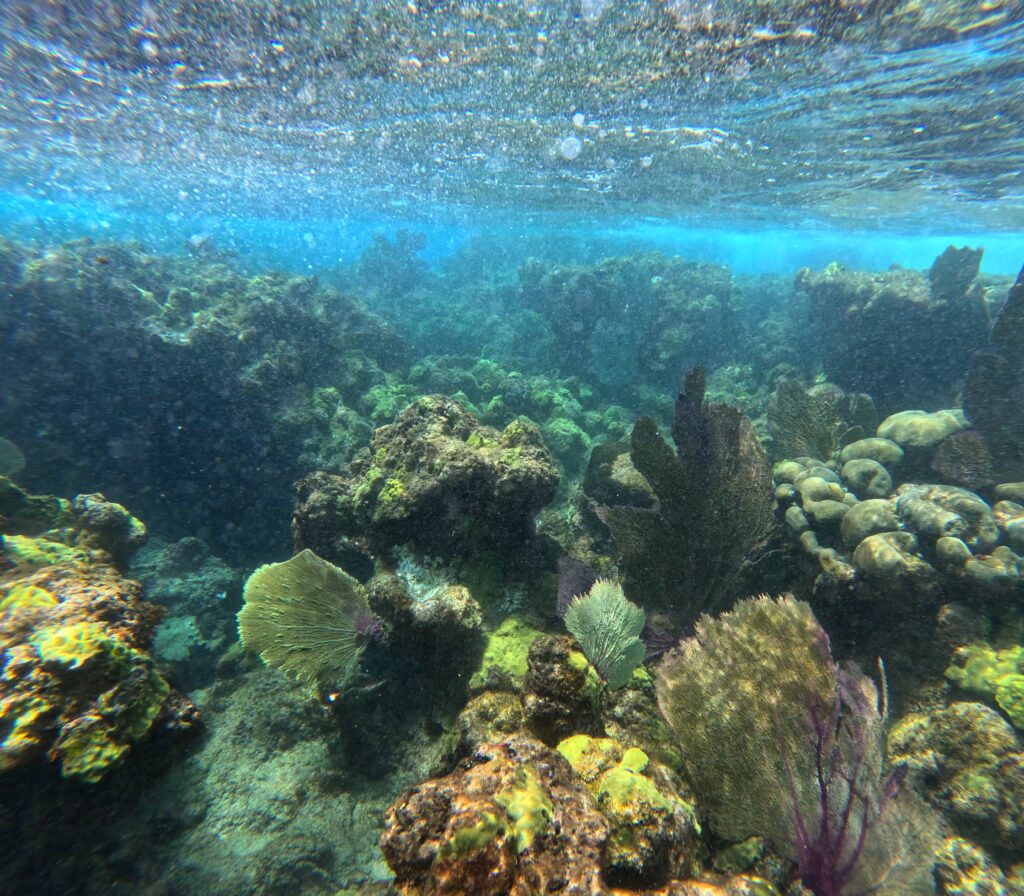
This is some of the best snorkeling on the main island that I have come across. It’s a really interesting underwater landscape and I think, the healthiest coral on the island. The massive coral structures have created caves and tunnels that you can swim into and even swim through. Some are rather small and can be managed without fins, some are huge and should only be explored by the most confident swimmers. Even if you stay out of the caves, you’ll still love snorkeling here. There is a lot of living hard coral and a good variety of tropical fish. This is not a beginner snorkeling spot. Be aware that the reef gets extremely shallow and the current can be strong. There are a lot of sea urchins in all the rock crevices, so be very careful! Anything that looks dark on the rock is almost certainly a sea urchin. Snorkel with a buddy, take it slow, exercise caution, and you’ll have a blast. These photos do not do it justice check out this video!
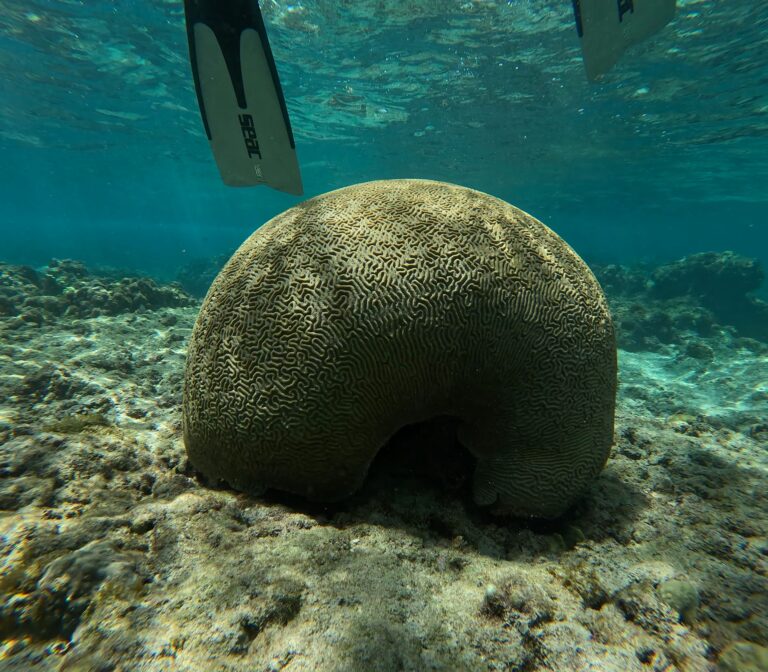
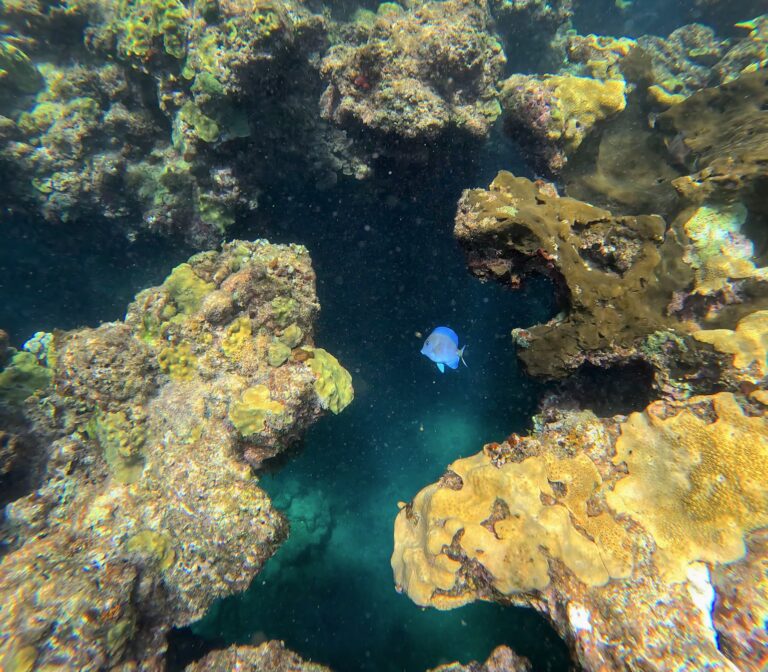
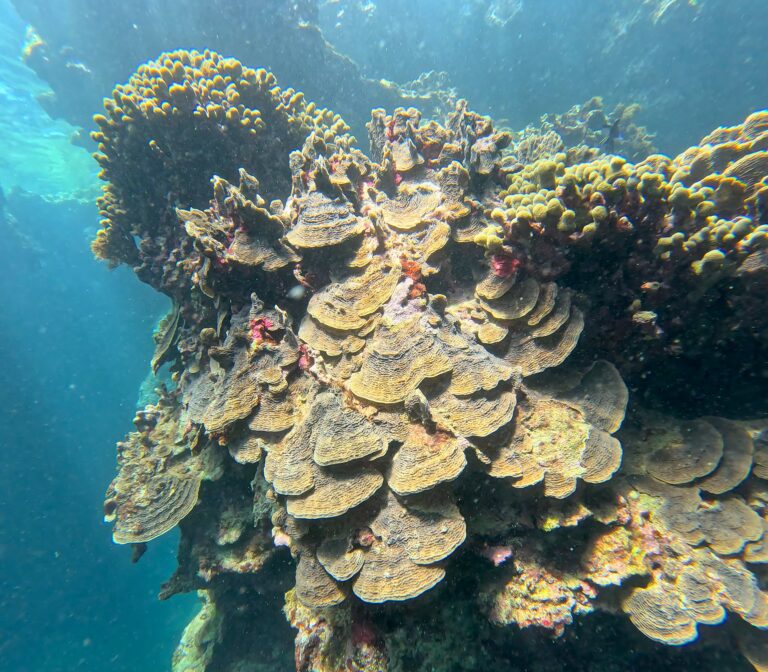
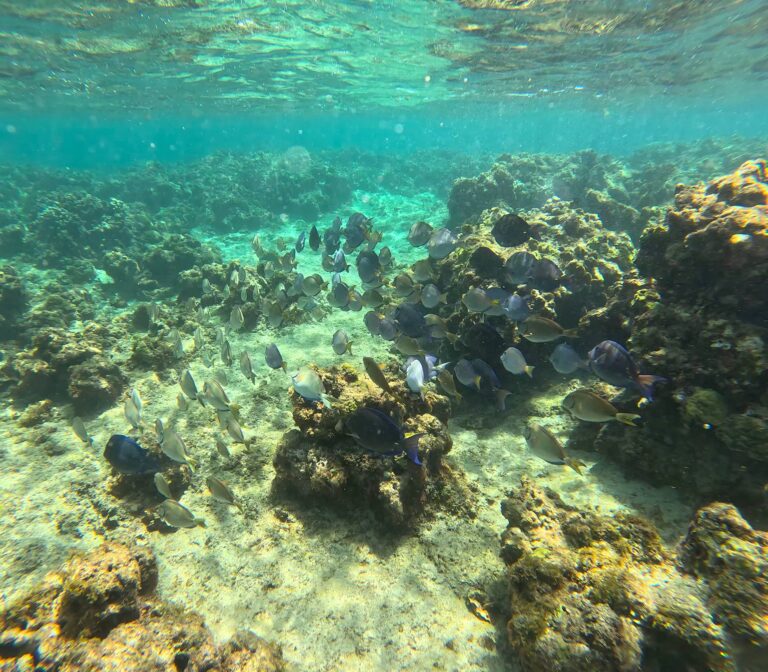
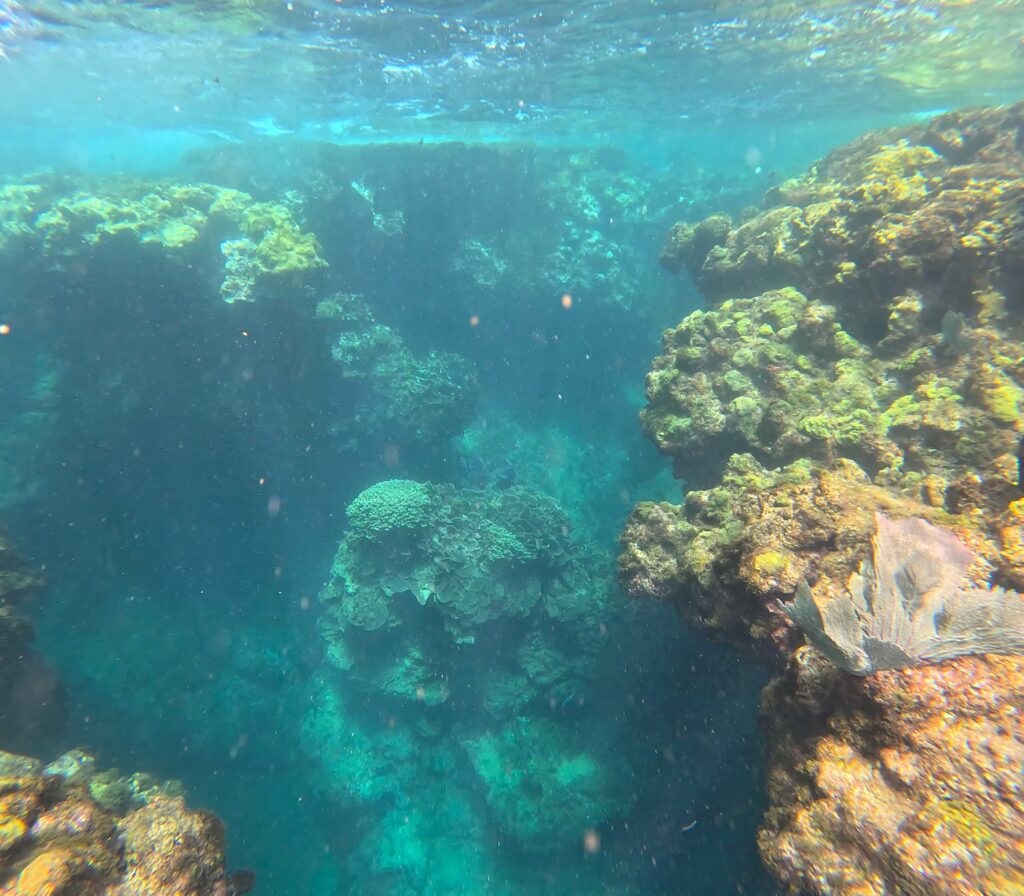

This pier on the north side of Vieques Island used to be my favorite snorkel spot. To enter the water, find a good spot in the rocks that line the pier to scramble down, and then swim towards the dock. You might see starfish and Flamingo Tongue snails on sea fans as you approach. Alternatively, you can hop off the dock (about a 10ft jump). The depth is around 50ft for the length of the dock. You don’t need to swim too far to see marine life, but the further you swim, the more likely you are to spot something cool. Strong swimmers might enjoy jumping off the far end of the dock and swimming back underneath the dock until they reach the shore. I have seen a variety of tropical fish, turtles, porcupine fish, barracuda, tarpon, and a majestic spotted eagle ray gliding between the pilings. This is a popular scuba diving location as visibility is often good, but varies upon conditions. I have gone a couple of times with poor visibility and more recently with rougher surf that made navigating between the pilings difficult.
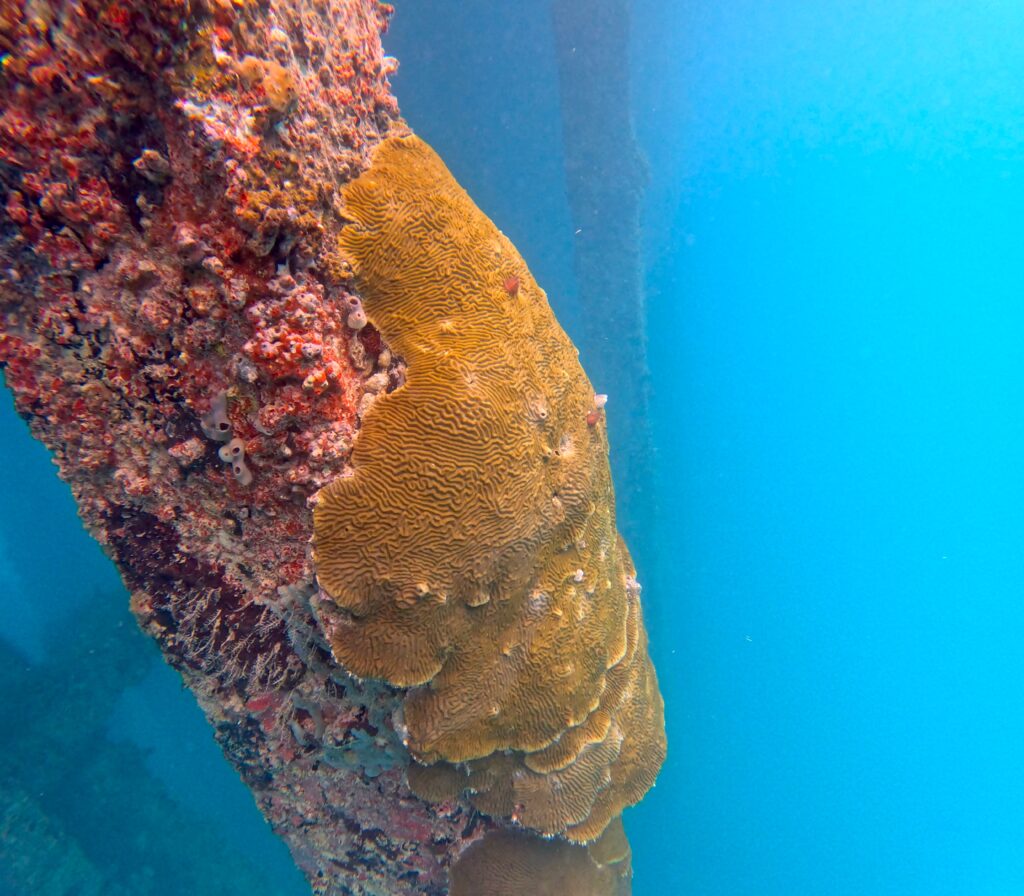
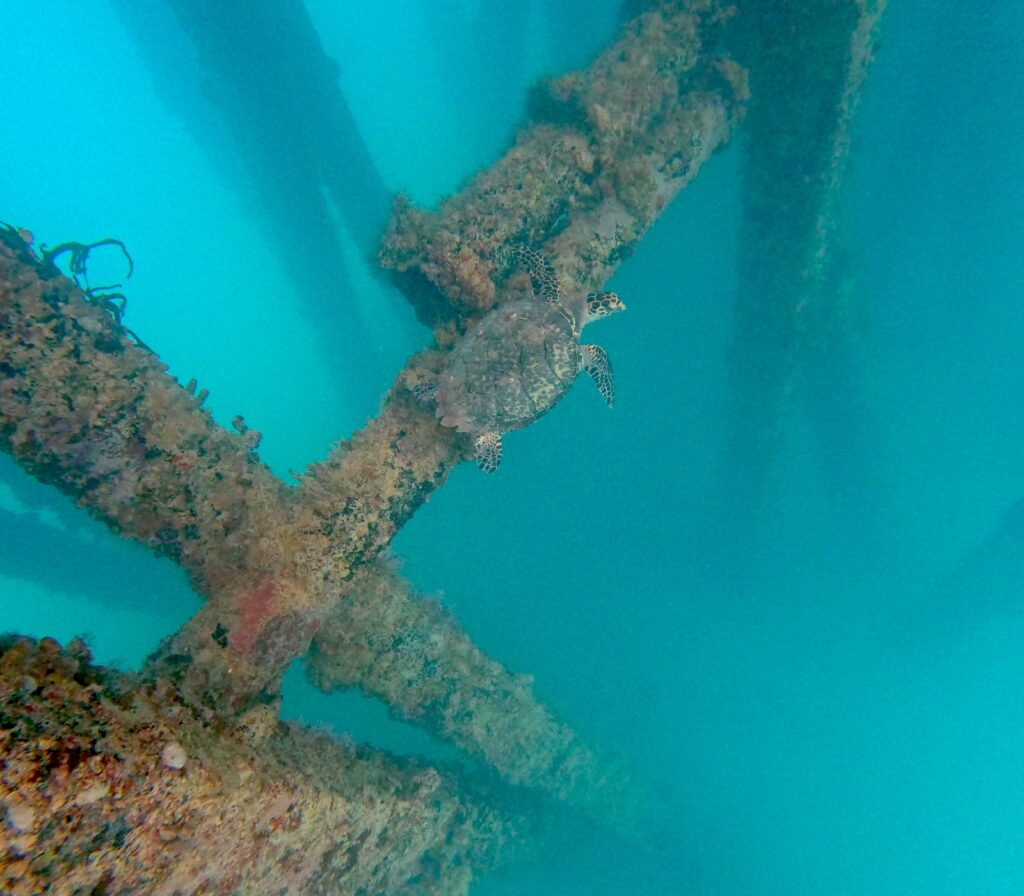
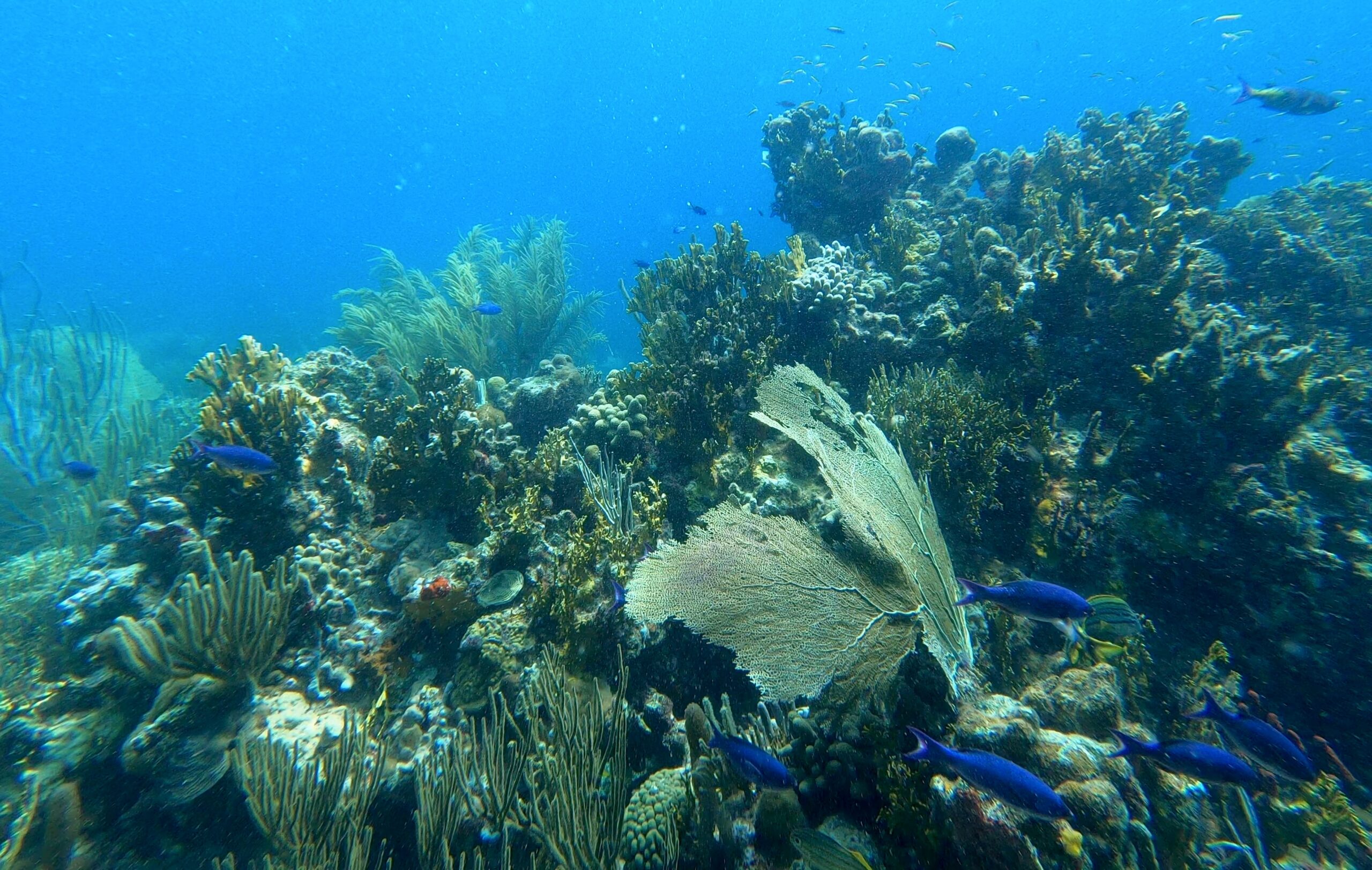
Carlos Rosario is right next to Tamarindo Grande Beach and is only separated by a tiny peninsula. Both have excellent snorkeling. The reef is significantly deeper at Carlos Rosario Beach. The visibility is usually excellent and the coral and sea life is abundant. There are sections, where the reef is bleached and dead. If you go out further, past the dead reef you’ll find more fish and healthy soft corals. Jellyfish are common here during their season, so a rashguard isn’t a bad idea. When swimming this reef, don’t over-exert yourself before you swim back to shore as it’s easy to journey out pretty far and get tired.

Carlos Rosario is right next to Tamarindo Grande Beach and is only separated by a tiny peninsula. Both have excellent snorkeling. The visibility is usually excellent and the coral and sea life is abundant. Unlike Carlos Rosario, the reef here is extraordinarily shallow, making this a very accessible reef for beginners. This beach is also more protected from large swell, making it the better choice in larger surf conditions. The reef has great diversity and is quite colorful thanks to a variety of sea fans that drift with the current.
This is where you will find the best water visibility on the main island. This beach is extremely popular, so parking will be tough unless you arrive early. Extending from the coast is a cement pier, underneath the pier there are always tropical fish to be found. Directly in front of the pier on the seafloor are the remains of the majority of the pier that has been lost in hurricanes. There is always marine life to be found in and around this area. Beginners will enjoy swimming between the pilings where many fish can always be found. For confident swimmers, the best stuff is about 20 ft down on the remains of the pier. We have seen sea snakes and a school of squid. As you get close, you can see the different vibrant colors of the coral you miss on the surface. Despite this beach always being crowded, the snorkeling never is.
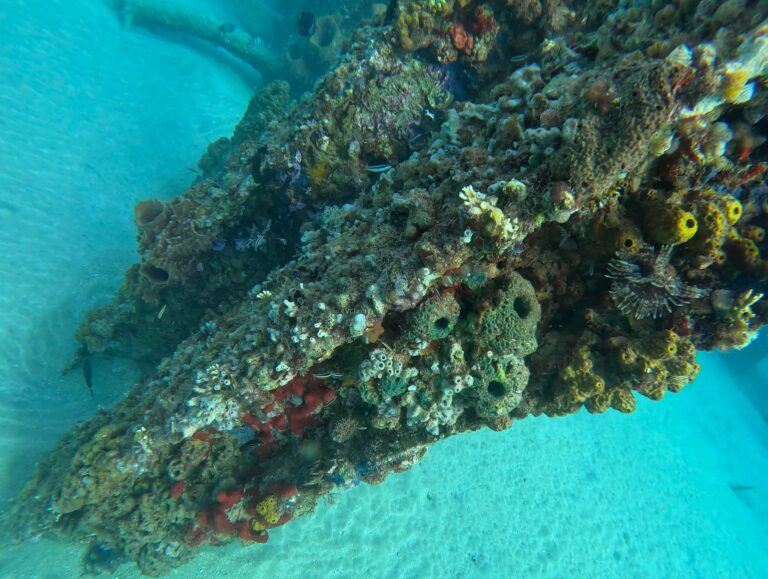
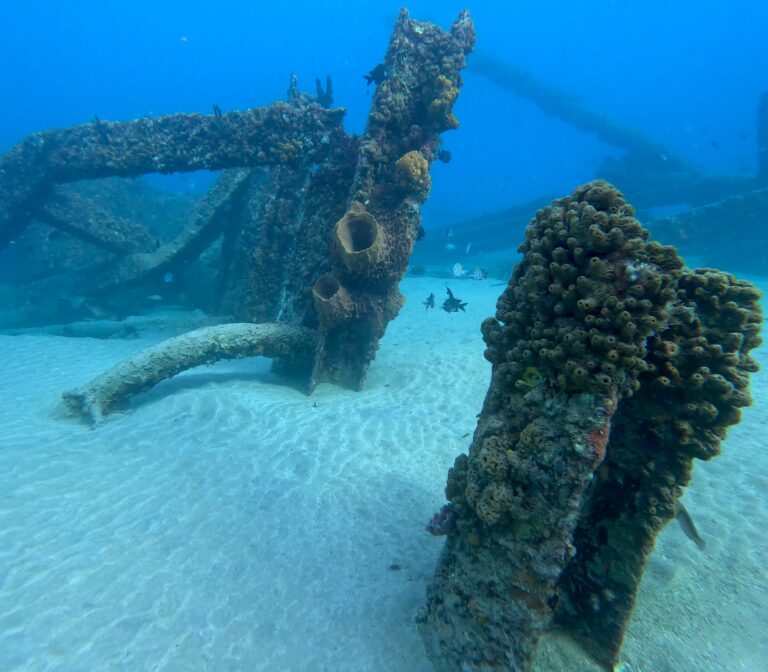
The water visibility here is likely the best you will find in all of Puerto Rico. It truly feels like a swimming pool. The reef where I snorkel is visible from shore when you walk out on the beach to the left. It’s a short swim and stays relatively shallow. The further out you go, the more you’ll find, in my experience. This spot has a lot of soft corals. The live hard corals are pretty rare, you’ll find some further out. This spot doesn’t have as much marine life as you’ll find at other spots. Be careful of going out too far swimming through the reef. I have weaved through channels in the reef to find myself surrounded by very shallow coral with strong swells coming in that can pick you up and drop you on the coral if you aren’t careful. This won’t be a problem if you stick to the perimeter of the reef.
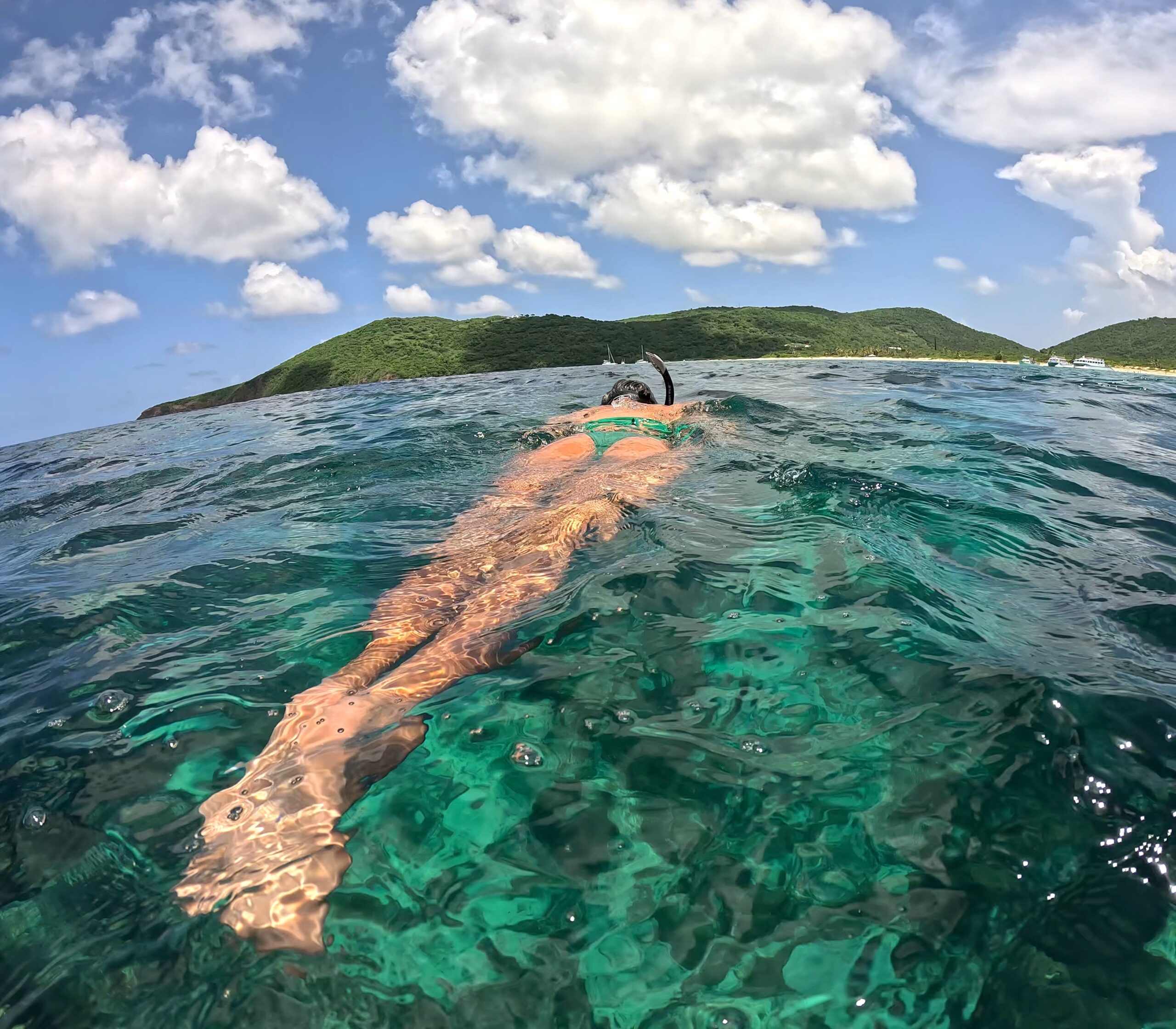
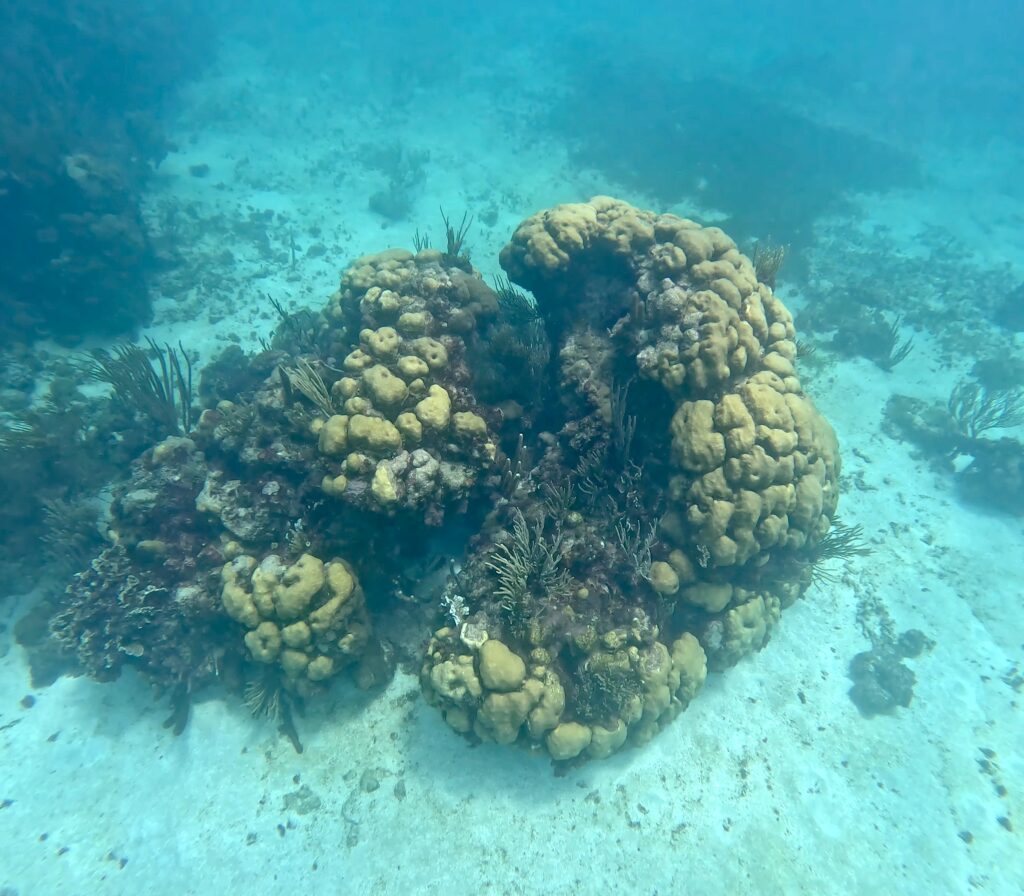
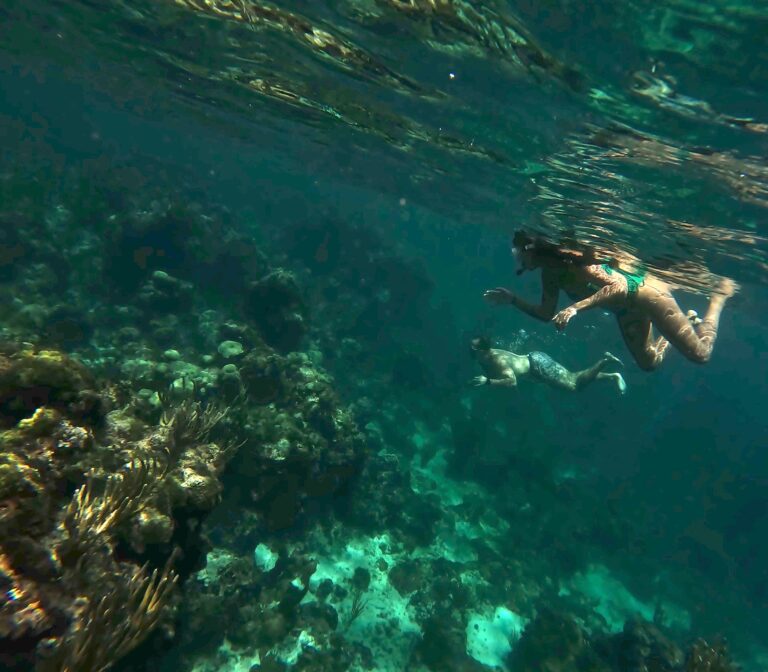
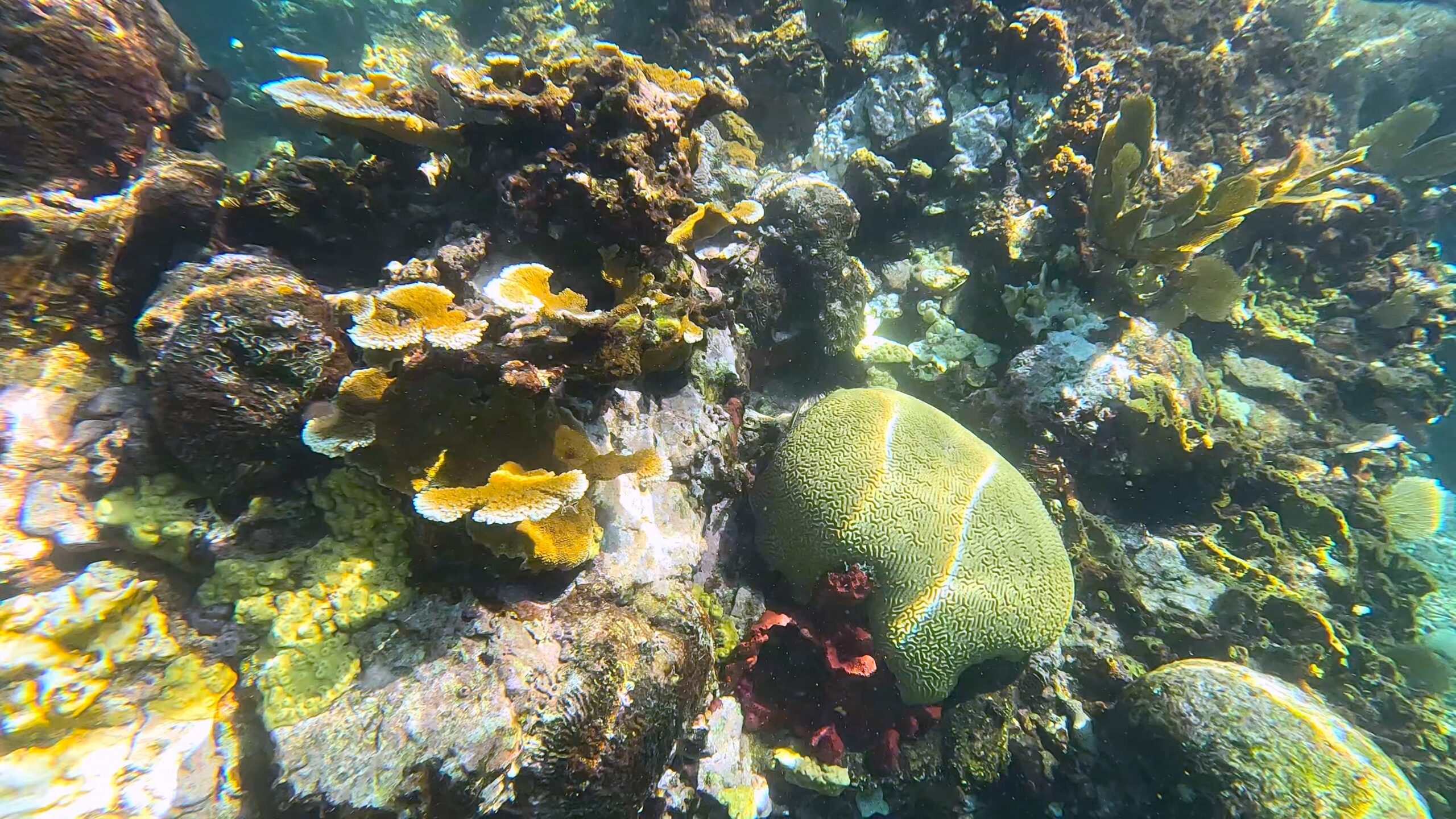
A small beach in the Vieques Nature Reserve you might find empty. There is some good snorkeling offshore from the rocky point with the teardrop-shaped lagoon in the center. To get there, swim from the beach passing the area with waves on your left. It gets very shallow, you’ll have just enough room to swim over the coral at times. The further you go, the healthier the coral becomes until you are cruising over a beautiful, shallow reef. It will eventually get deeper and you’ll see tons of marine life and a variety of hard and soft corals. I saw a good variety of fish, sea turtles, and jellyfish. My wife saw multiple barracudas.
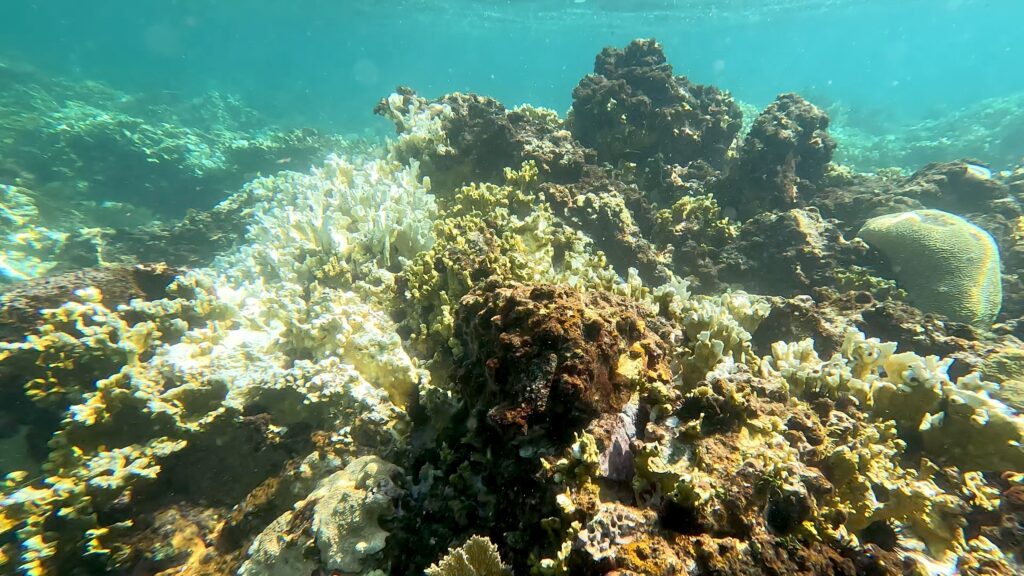
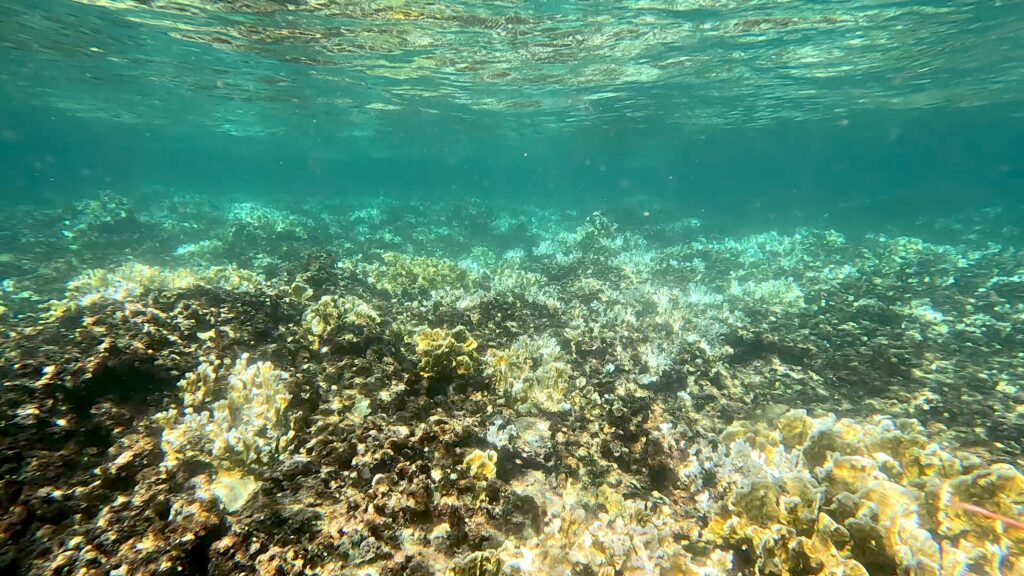
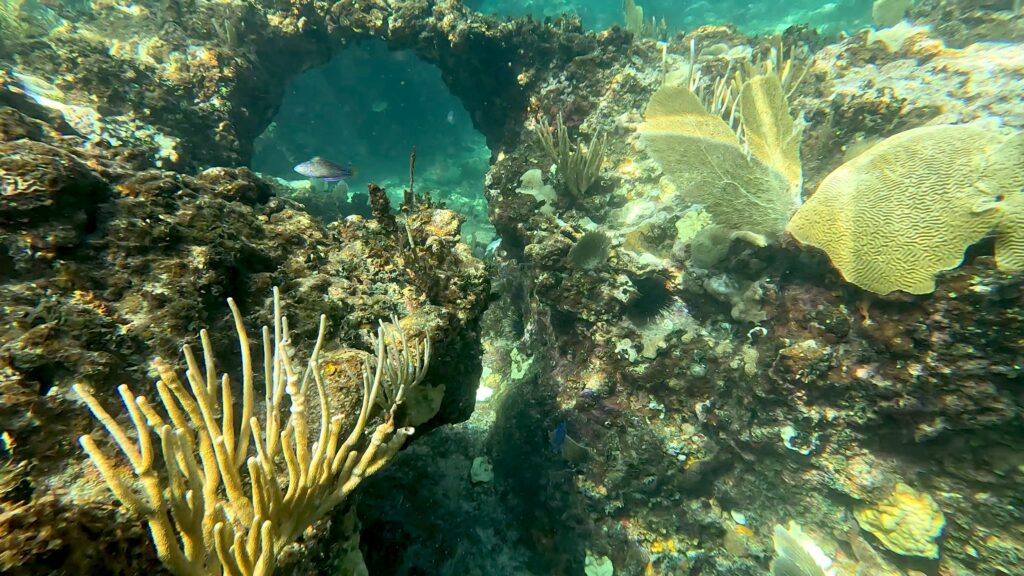
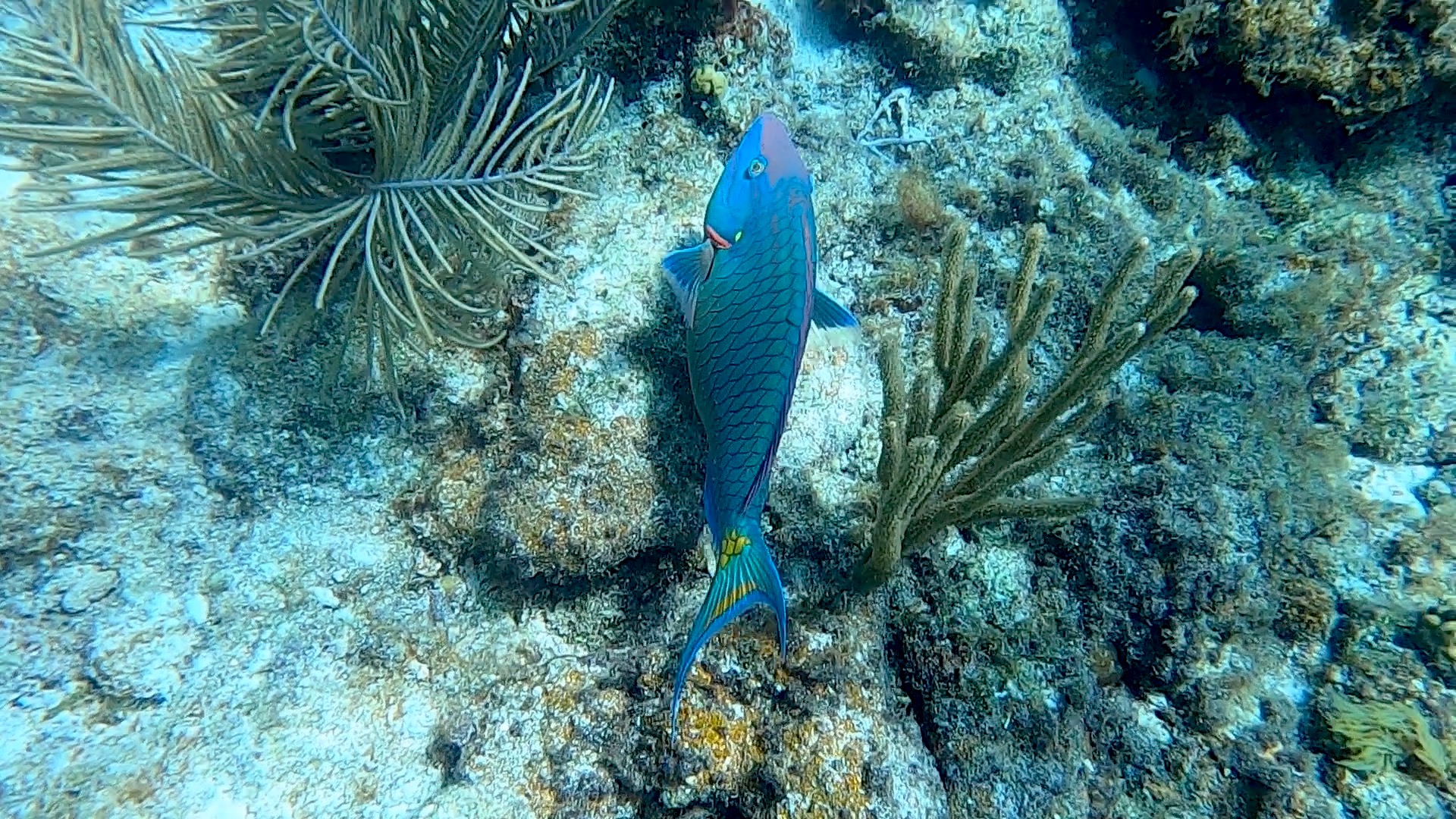
To get here, you need to contract a boat. I did this through an Airbnb experience where we went snorkeling at Luis Peña Key and Playa Carlos Rosario for $100. This was where I saw my first moon jellyfish, which fascinated me. I later saw several dozen snorkeling in the US Virgin Islands. They are so cool. The snorkeling here is a little deeper in some places, requiring a dive down 20-40 ft depending on the spot but the visibility is so good that those who want to stay on the surface will still enjoy this location.
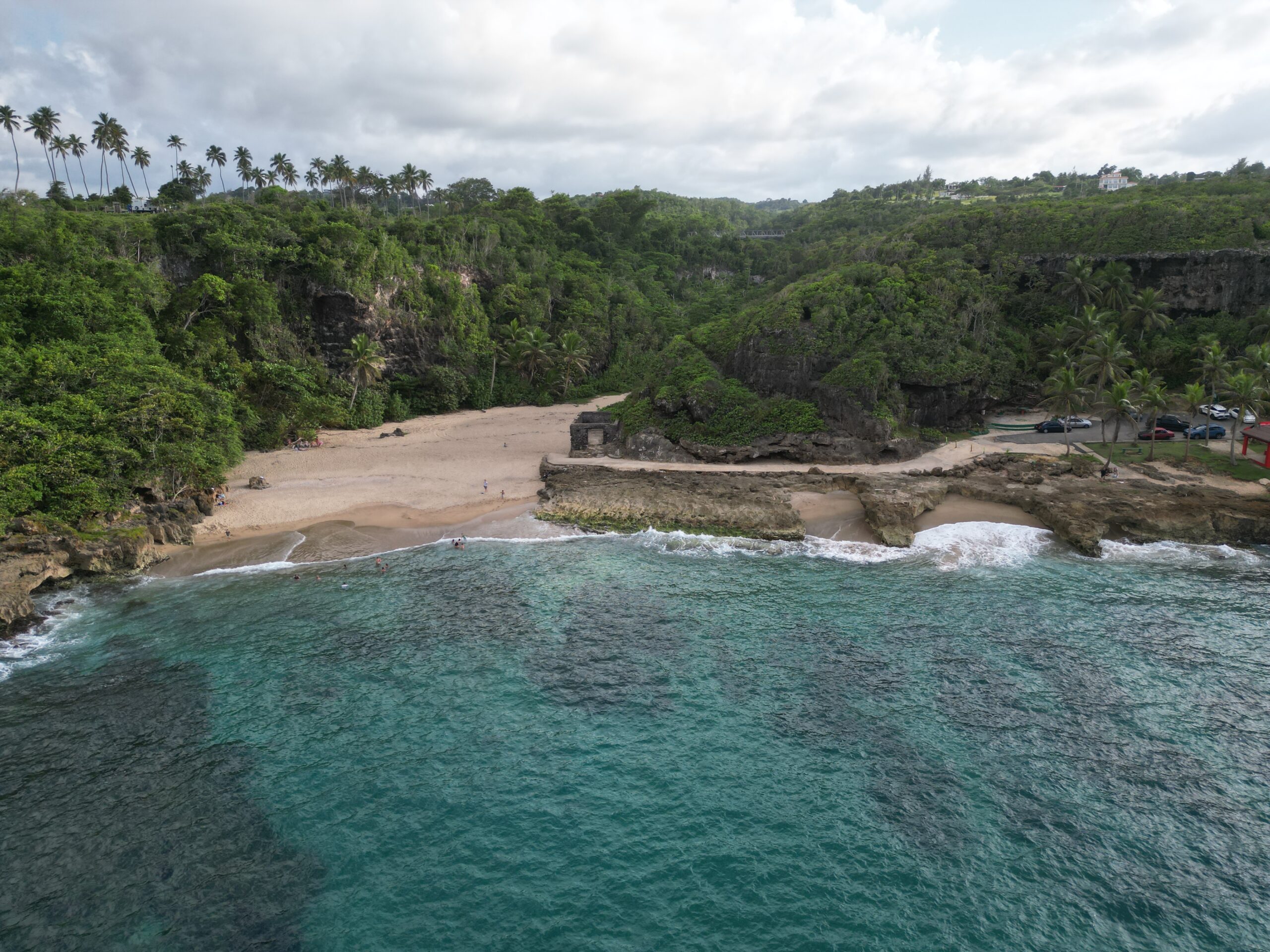
There isn’t much coral, just rock, but snorkeling is fun because there’s a lot of fish swimming between fissures in the rock on the sea floor. It’s a popular spearfishing location. The water is clear but gets stirred up by waves close to shore. Some of the coolest things I saw were a couple of squid, some beautiful parrotfish, and a school of massive tarpon.
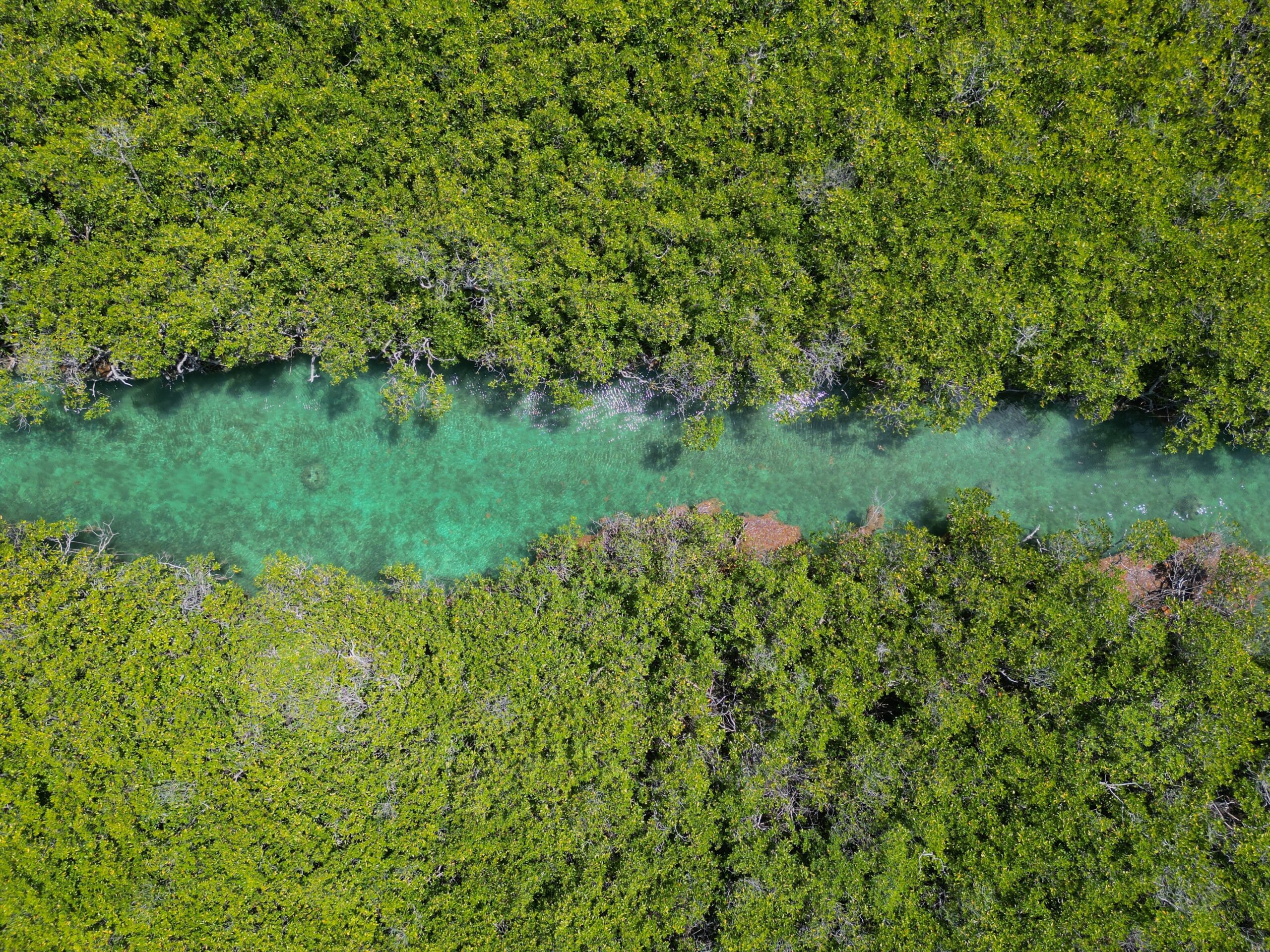
This is not where the TV show was actually filmed, its real name is Cayo Aurora but somehow the name stuck. This key is a small mangrove island close to the southwest coast. I am told it used to be much bigger but hurricanes have greatly reduced its size. The ferry that used to run here is permanently out of commission so you either need to find someone with a boat or rent a kayak. I got there on my inflatable SUP without too much trouble but I imagine it would be tough on a very windy day. I parked in the neighborhood close to the island and put in at some sketchy rock shelf behind someone’s house to leave from a point much closer to the island. Most people rent kayaks and depart from this resort. For me, the paddle out, against the wind, took about 30 min. When you get to the island you’ll be rewarded with white sands and turquoise water. I saw a good amount of sea life, more than I had expected to see! The coolest part is the two channels that run through the island.
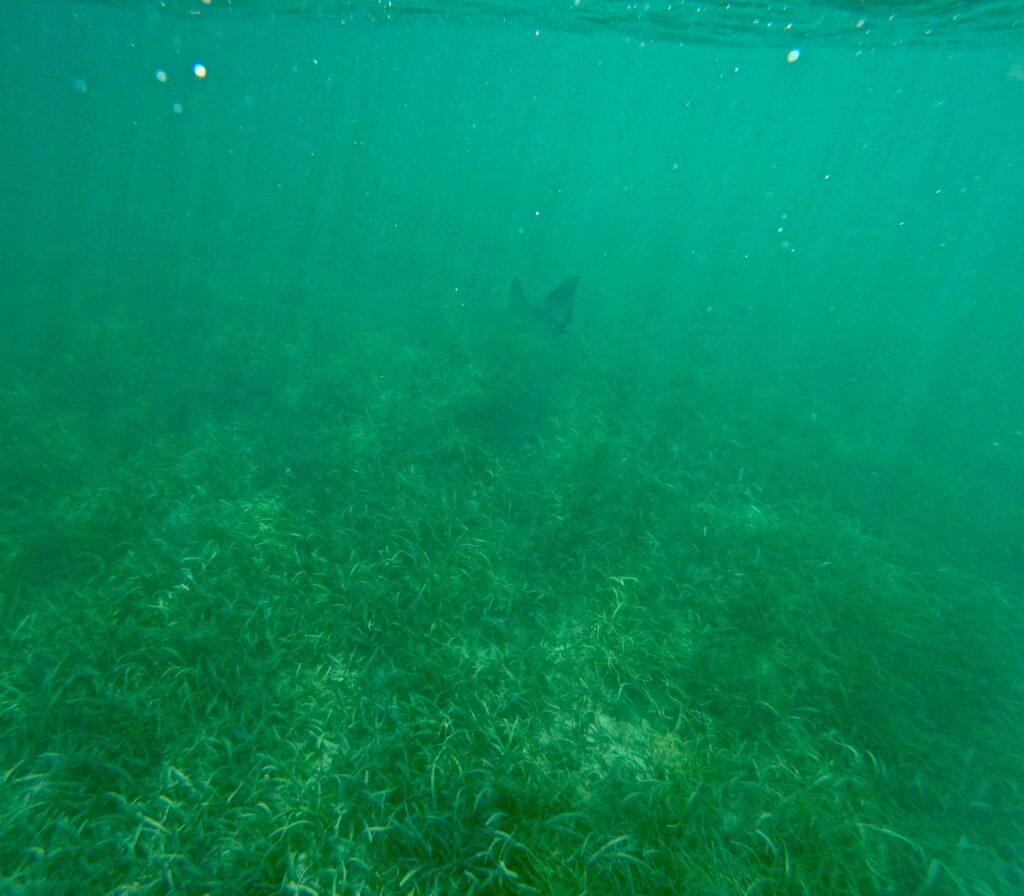

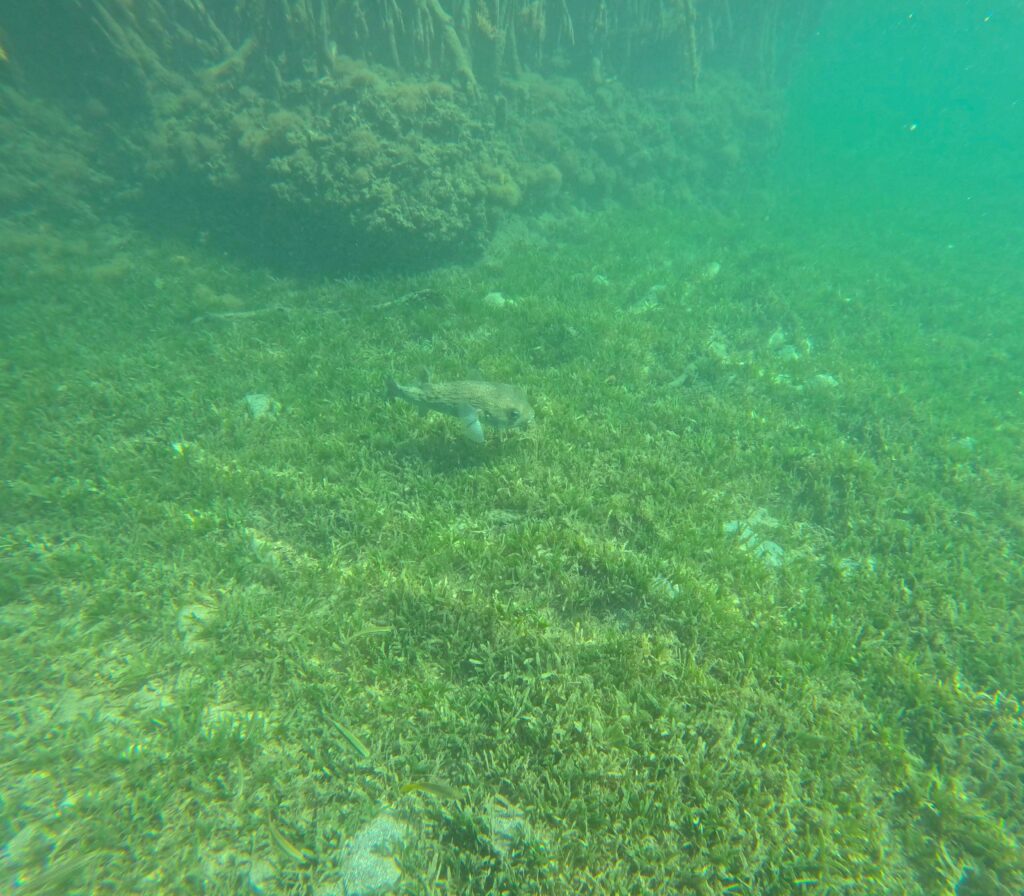
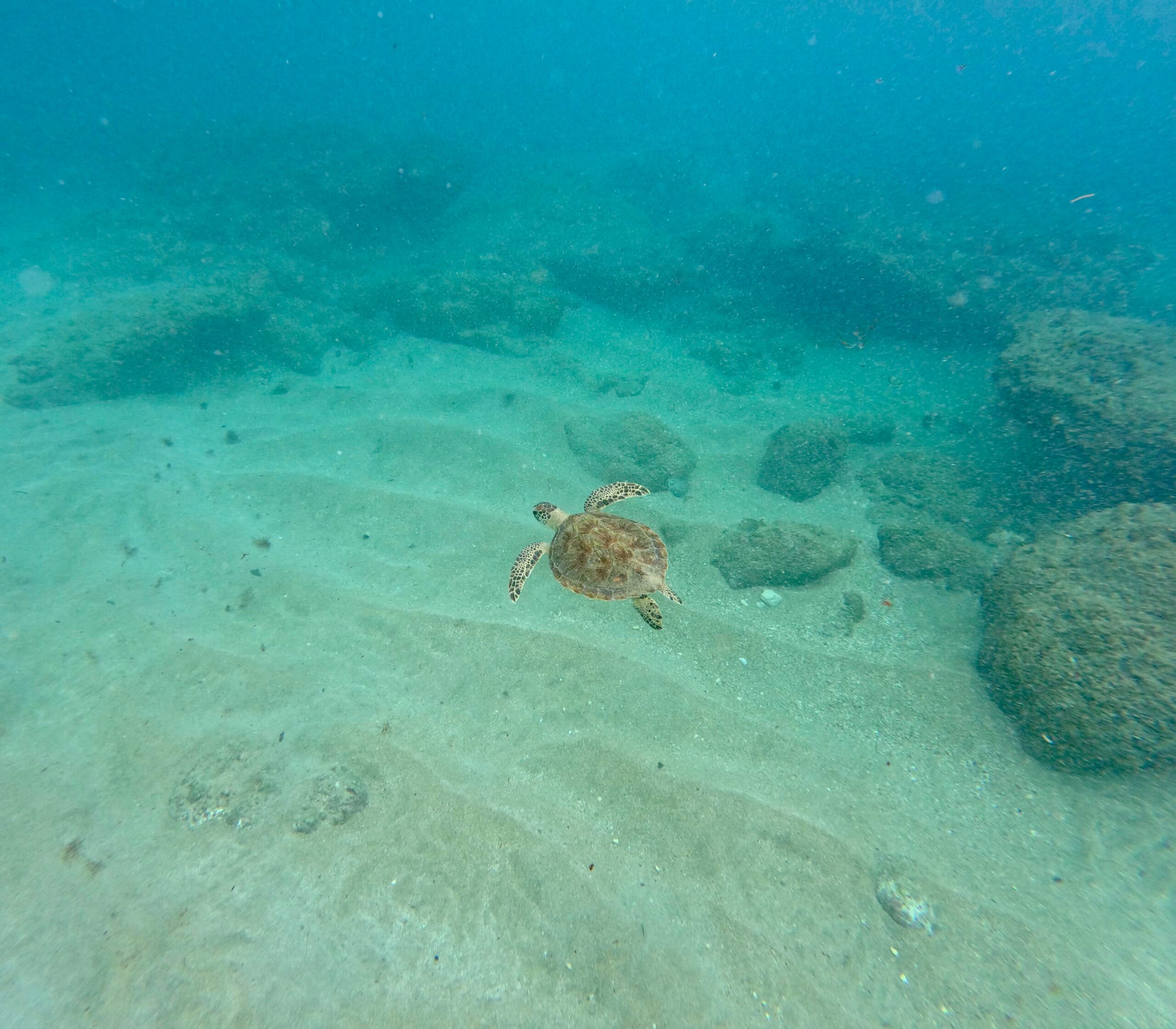
At Peña Blanca you won’t find too much living coral but you can see a decent amount of sea life. I’ve seen a good variety of fish, eel, and turtles here. Because the snorkeling is so close to shore, this is a great spot for any snorkelers who aren’t comfortable far from shore or in deeper waters.
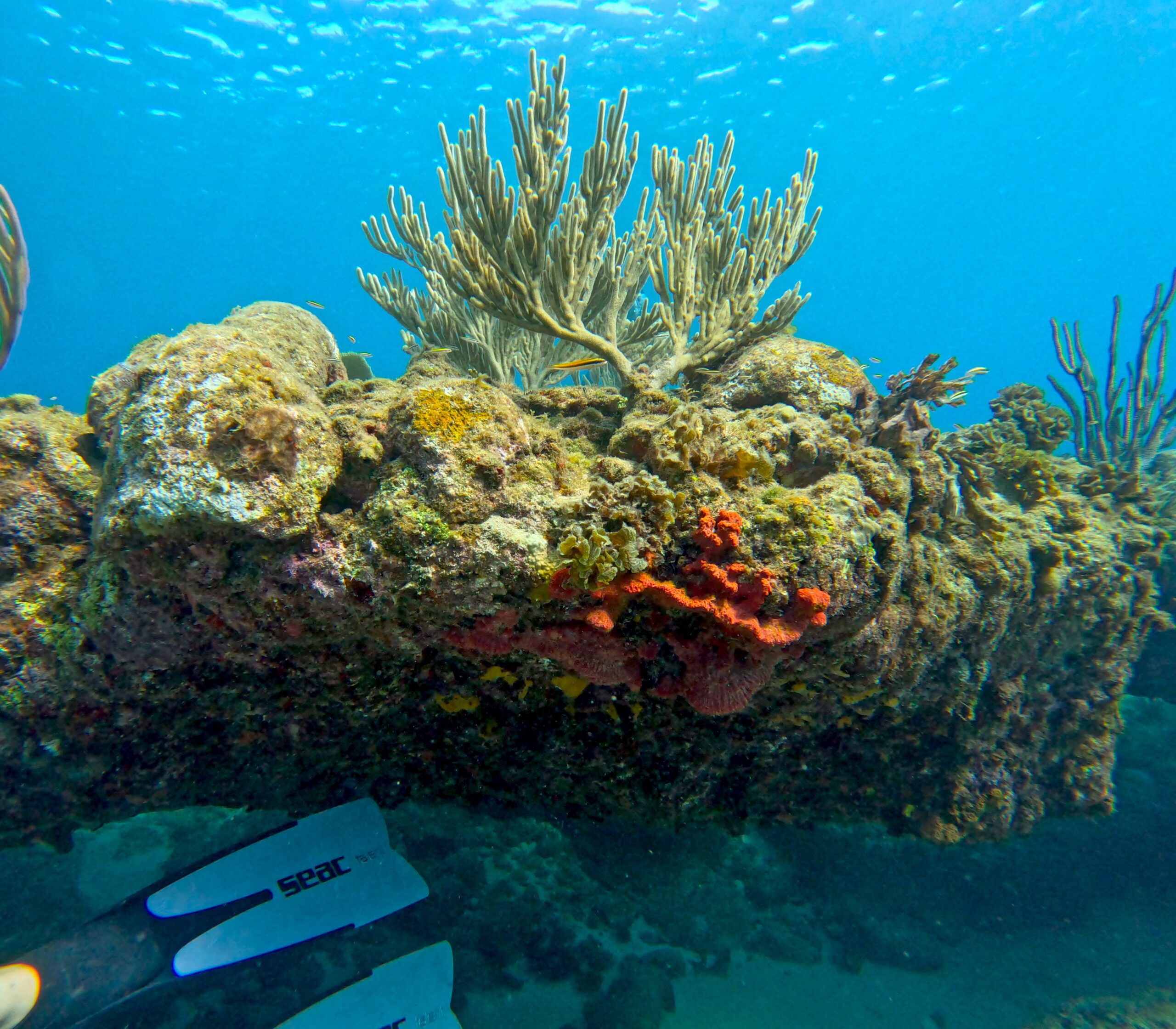
Los Tubos is a long, pretty beach with typically clear, calm water in the summer. You can find some fish near the boat ramp around the rocks, but to find some (not a lot) soft coral you’ll need to swim out from the shore for a while. Fresh and salt water mix near the ramp making it tough to see in the first few inches of water. This is not great snorkeling by any means but if you are at the beach, I think it’s worth it to throw a mask on and hop in the water to see what you can find. I found this long arch (pictured) that I enjoyed swimming through around 30 meters from shore.
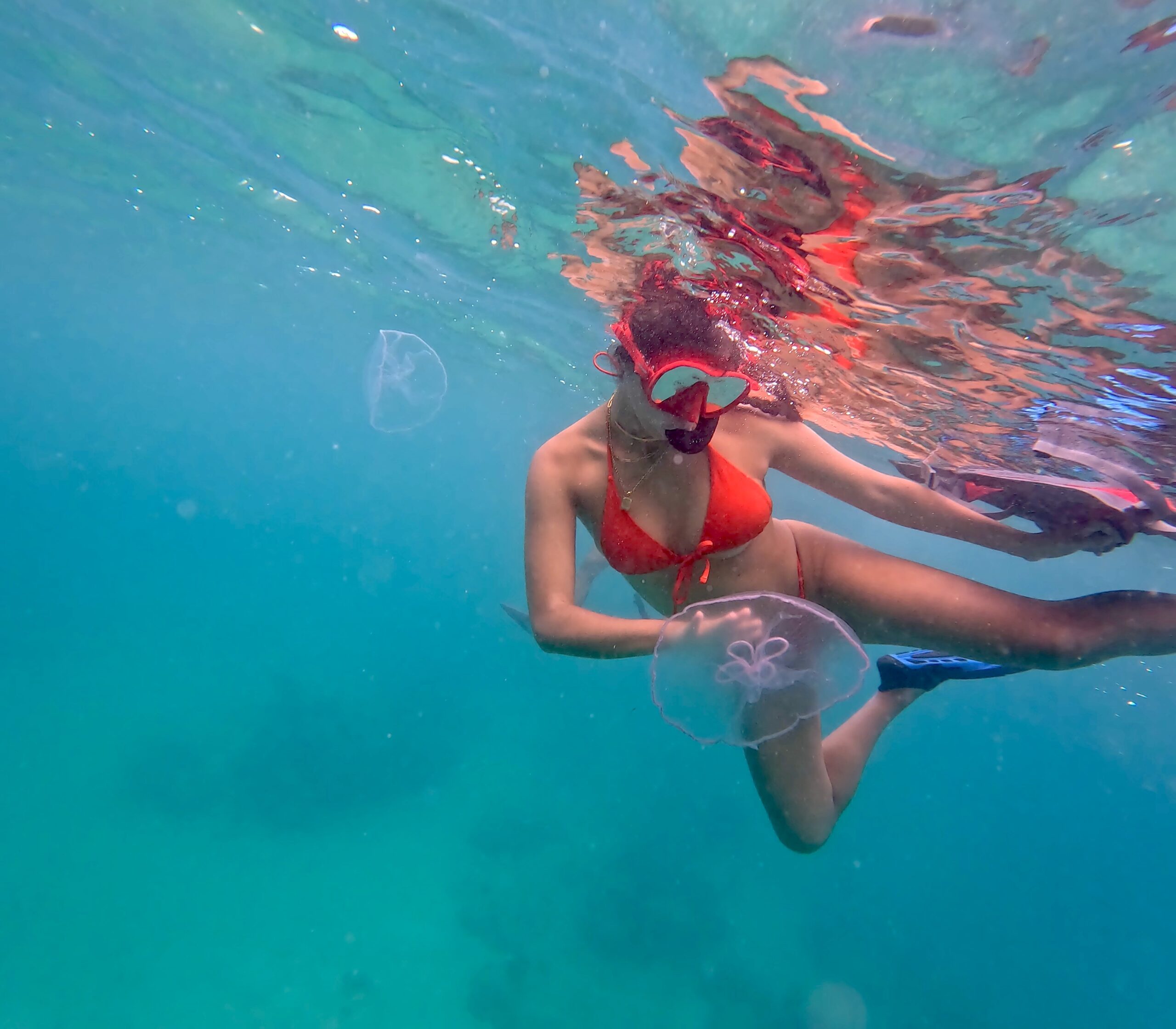
The snorkeling here is advertised by a lot of companies who will take you out to the key, I’d say it is mediocre at best. The thing we saw the most by far was jellyfish. There were tons of moon jellies and notably a small jelly with thin, long tentacles. A rash guard wouldn’t be a bad idea here.
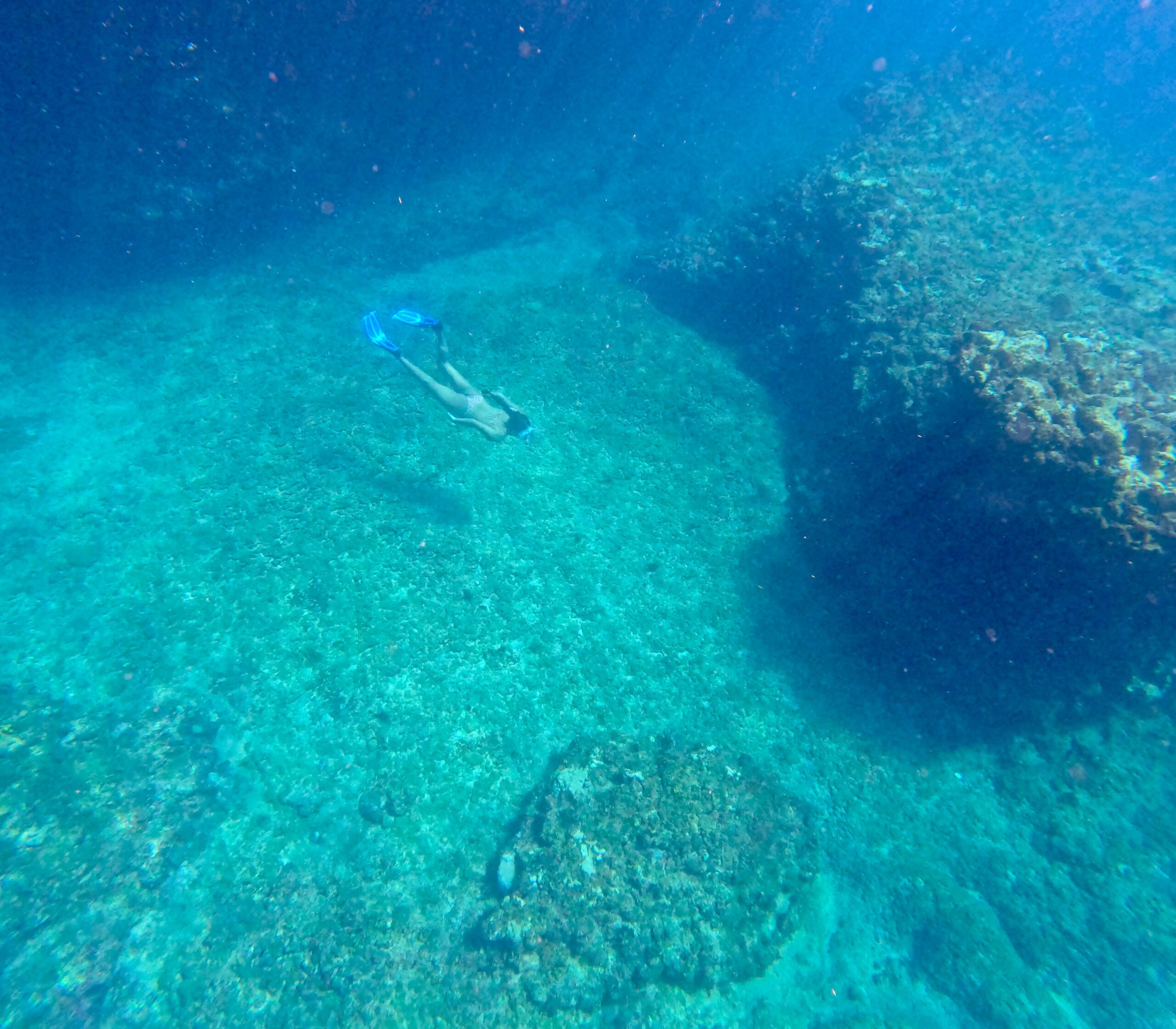
When the surf is flat, it is possible to do some snorkeling in Mar Chiquita, although it’s not amazing, it’s still fun. You’ll see some fish and a small amount of living coral. If you swim through the channel, you’ll see it gets much deeper. For those who are confident swimmers, it’s fun to do some freediving here, though there isn’t a whole lot to see. I did see a large barracuda that scared a couple of people off, which was cool. Remember to only attempt this if the surf is totally flat and you know what you are doing, I have heard of rip tides here.
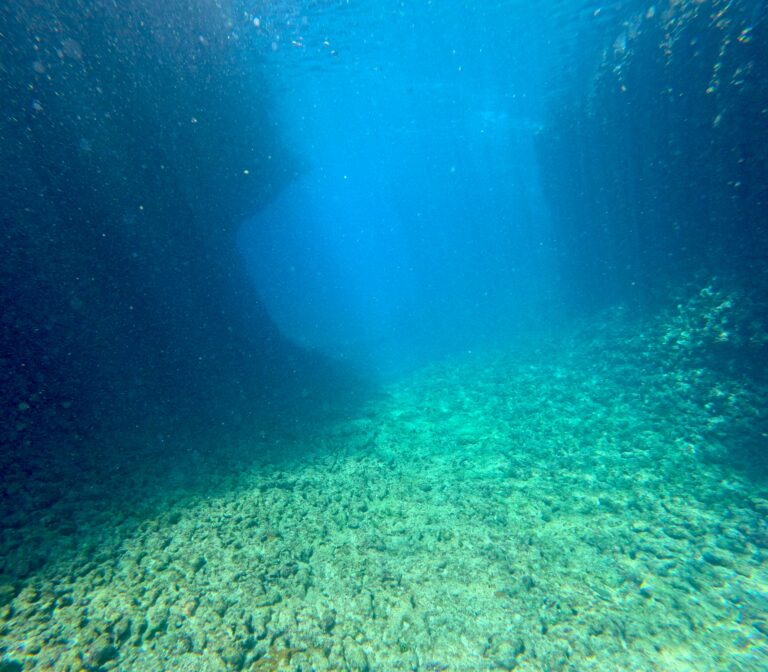
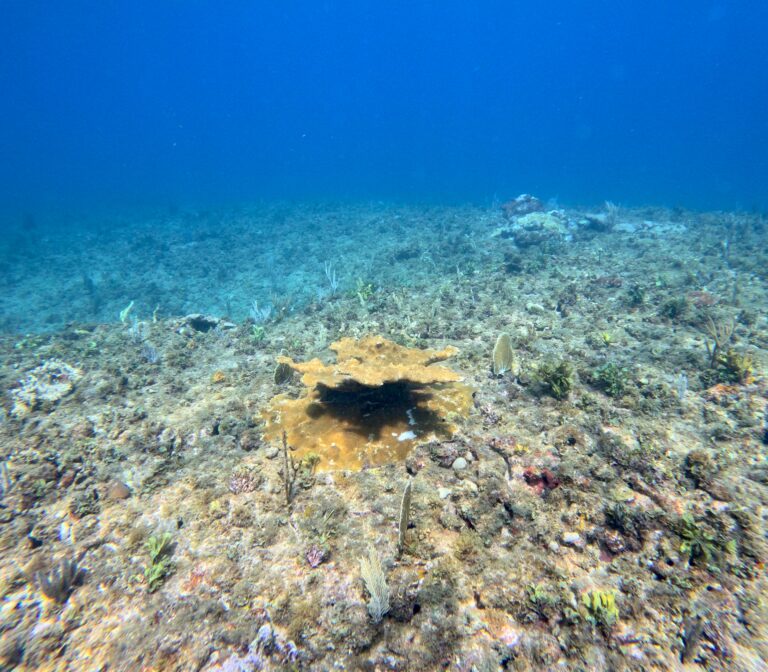
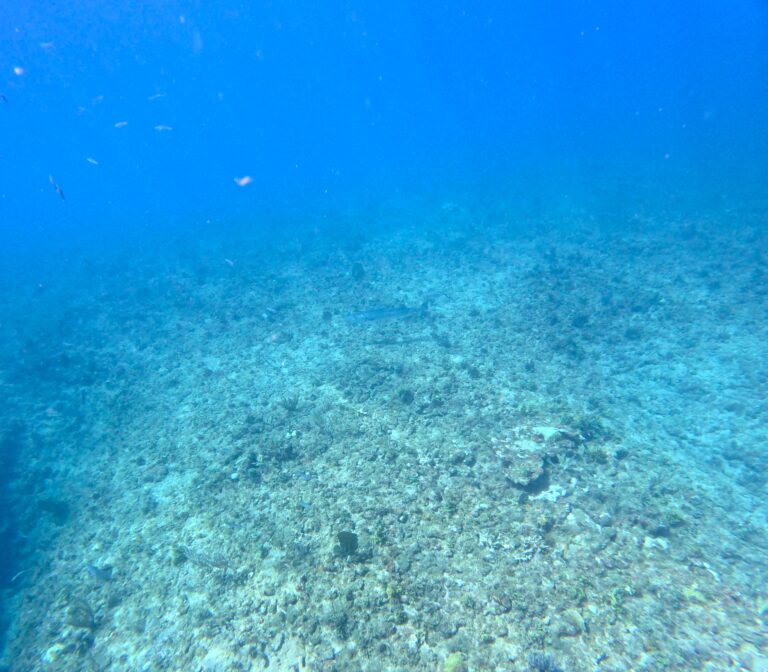
Salinas Keys
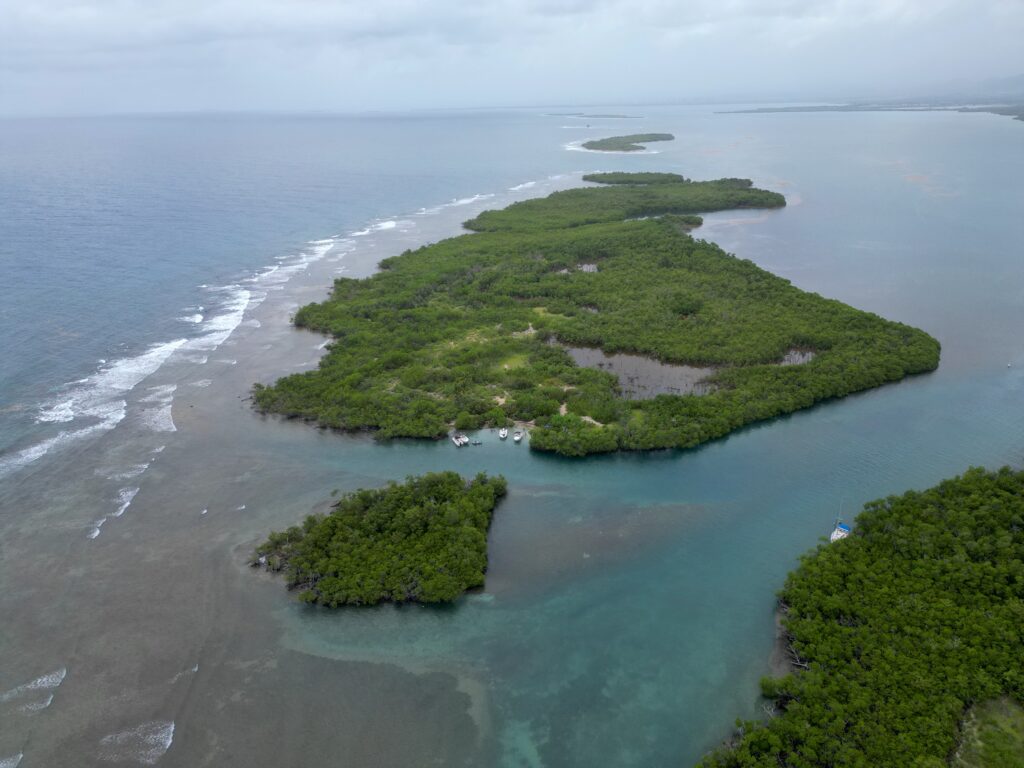
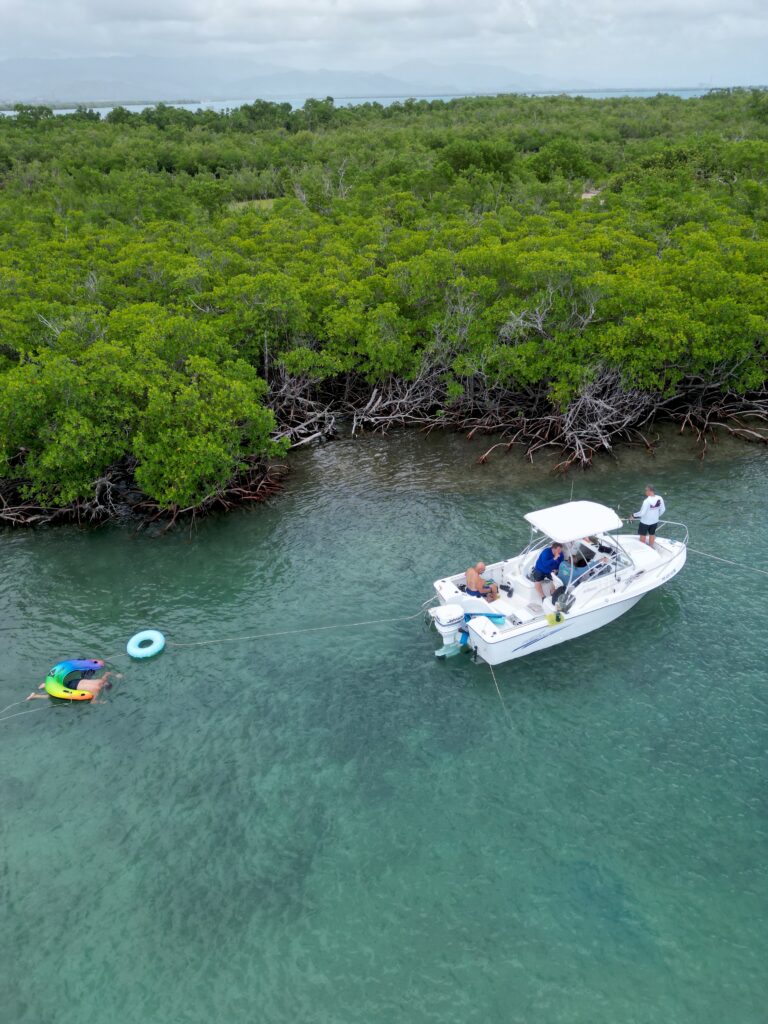
There are many keys surrounding the main island of Puerto Rico. Off the coast of Salinas, there are multiple mangrove islands you can visit via chartered boat. I saw four or five lobsters snorkeling and a good amount of fish. I even managed to snag a lobster with my snare but released it because it was small. While rooting around under rocks for lobster, I flipped some dead coral over and came face to face with a green moray eel. I decided to call it a day after that. The current was pretty strong where I was, so it required a lot of swimming.
